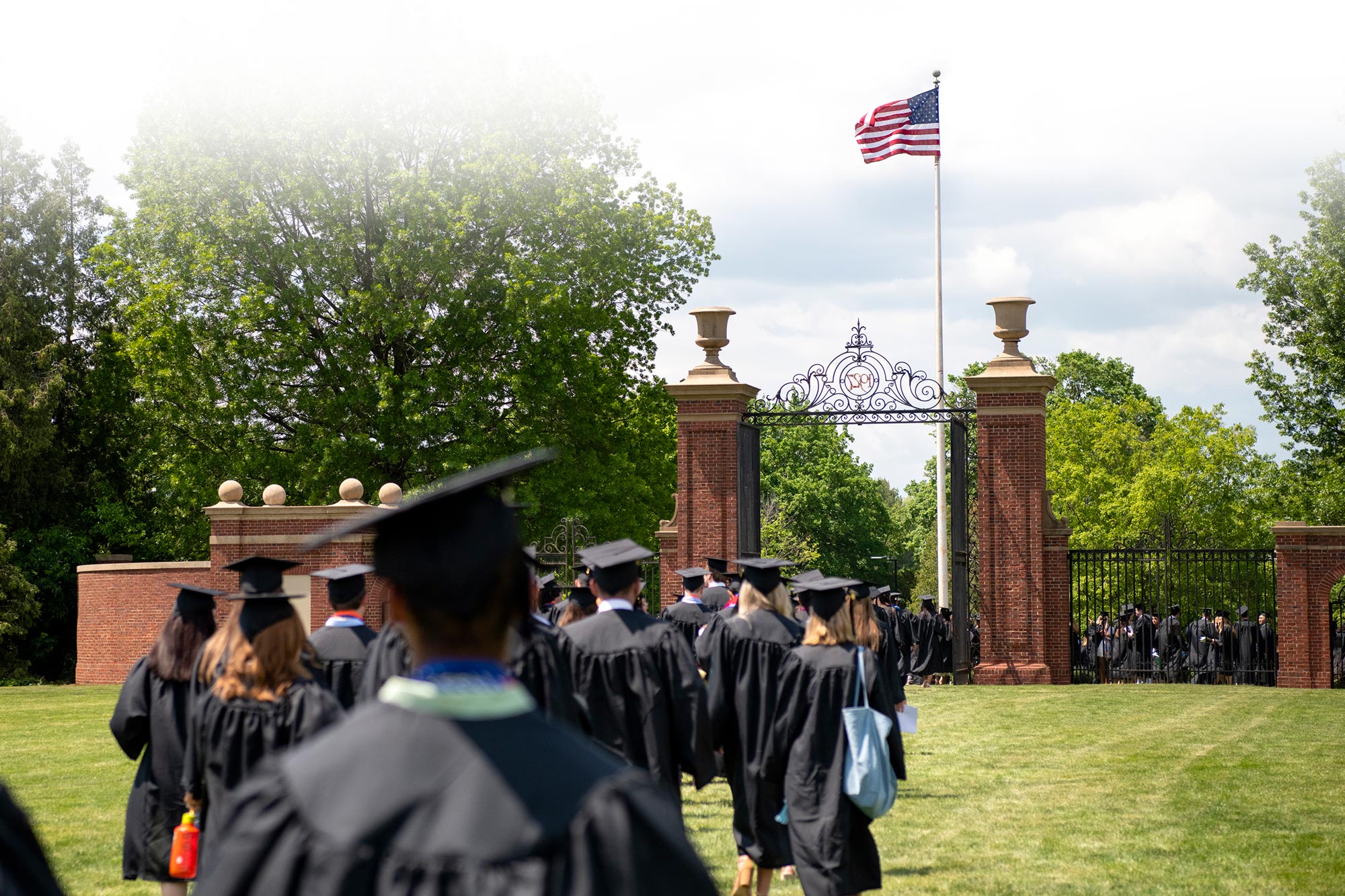— Class of 2022 —
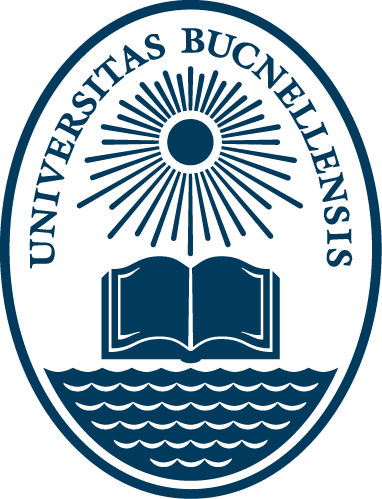
172nd
Commencement
May 22, 2022
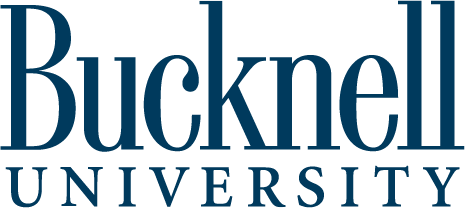
COMMENCEMENTS AT BUCKNELL
1851–2022
t was a festive occasion on Wednesday, Aug. 20, 1851, when the first seven graduates of the University, all men, received their undergraduate degrees. Curators and trustees, family members and friends of several graduates, some faculty members, and dignitaries from Washington, D.C., Philadelphia and Harrisburg, Pa., traveled by stage and canal boat to attend the ceremony. Among them was the former U.S. Senator from Pennsylvania and Secretary of State under President James K. Polk, the Honorable James Buchanan, a curator of the University who was elected president of the United States in 1856.

These seven graduates had begun their studies in the basement of the old Baptist church in 1847 (a new church was completed in 1870), one year after the University received its charter, and continued their studies in the Academy Building, completed in 1848, and in the west wing of Old Main (now part of Roberts Hall), completed in 1850.
Evergreen dominated the platform on which the graduates and dignitaries were seated, and an arch of artificial flowers festooned with the word Ducimus (“we lead the way”) framed the heads of the speakers. The candidates for degrees shared one academic gown, exchanging it in a booth to the rear of the platform, when each came forward to deliver an oration.
Male attire was white vests, black cutaway coats and black pants. Each of the seven members of the Class of 1851 wore a blue artificial rose on his left lapel as a symbol of his new status.
Oratory and music filled the next several hours. Professor George Bliss spoke for the faculty, and each graduate spoke briefly. Acting President Stephen W. Taylor (for whom Taylor Hall is named) made a brief address, and later in the program, gave his farewell remarks. The chairman of the Board of Trustees responded to the remarks of the acting president and installed the Rev. Howard Malcom as the first president. Malcom, in turn, gave his inaugural address. Amid these speeches, James Buchanan presented the seven candidates to Professor Taylor, who, speaking in Latin, awarded each senior the A.B. degree.
When the ceremony ended, the acting president, who was to depart for Hamilton, N.Y., to be president of Madison University (now Colgate), entertained trustees, curators, faculty, graduates and other guests at a dinner in Kline’s Hotel (now the Lewisburg Hotel). This event was to become a part of the Commencement tradition and continued for many years as the ‘‘Corporation Dinner’’ hosted by the president of the University.
From the first academic ceremony came also a pattern of events that was retained for many years. Commencement moved from August to July (1857) and then to June (1870), but as was true in 1851, Commencement Day continued to be the culmination of a week of ceremonies that began on the preceding Sunday. During the week, examinations were held for the promotion of students, the certification of candidates for degrees, and for admission of students to the University. The Board of Trustees convened for its annual meeting at mid-week and, before 1882, so did the Board of Curators. In addition, there were meetings and anniversaries for the alumni — the Alumni Association having been formed in 1851 by the first seven graduates — and by the 1880s, participation by various student organizations, including band concerts and recitals.
From 1855 to 1857, Commencement was held in the Grove in front of the west wing of Old Main (across from the President’s House). In 1858, the site was changed to the third floor of Old Main.

A major interruption to this schedule came in the summer of 1863, when all the young men of the University and the academy volunteered for duty to protect Harrisburg from the invasion of Gen. Robert E. Lee’s Confederate troops. The University Guards, as the company was known, departed from Lewisburg on June 17 and soon assumed duties guarding the bridge across the Susquehanna at Marysville, Pa. Plans for Commencement from July 26 to 30 remained unchanged; on July 27, all but one member of the senior class (who was confined to a Harrisburg hospital) returned to campus. All were excused from the customary final examinations for degree candidates.
Although women had studied at the Female Institute since the founding of the University, college classes were not opened to them until 1883. At the 1885 Commencement, Chella Scott became the first woman graduate, receiving her A.B. degree with honors.
One year later, on June 22, 1886, during Commencement Week and following the dedication of Bucknell Hall, the Board of Trustees voted to change the name of the institution from the University at Lewisburg to Bucknell University. In 1889, as William Bucknell slowly ascended the path from Bucknell Hall to Old Main at the last Commencement he would ever attend, the student body, guests and townspeople gave a rousing ovation in tribute to the man who had done so much to preserve the institution named in his honor.
Commencement Hall in Old Main served as the site for the ceremony from 1858 until 1925. In 1926, the ceremony was moved outdoors to the College Quadrangle, with the steps and porch of the Carnegie Building (then the library) serving as the platform. The outdoor site was changed in 1933 to the ‘‘Women’s Campus,’’ with the porch and steps of Hunt Hall serving as the platform. When Davis Gymnasium was completed in 1938, it became the site of Commencement. Outdoor events were planned in 1960 and 1964, but were held in the gym because of rain. The new Academic Quadrangle (now Malesardi Quadrangle) was selected as the site in 1970.
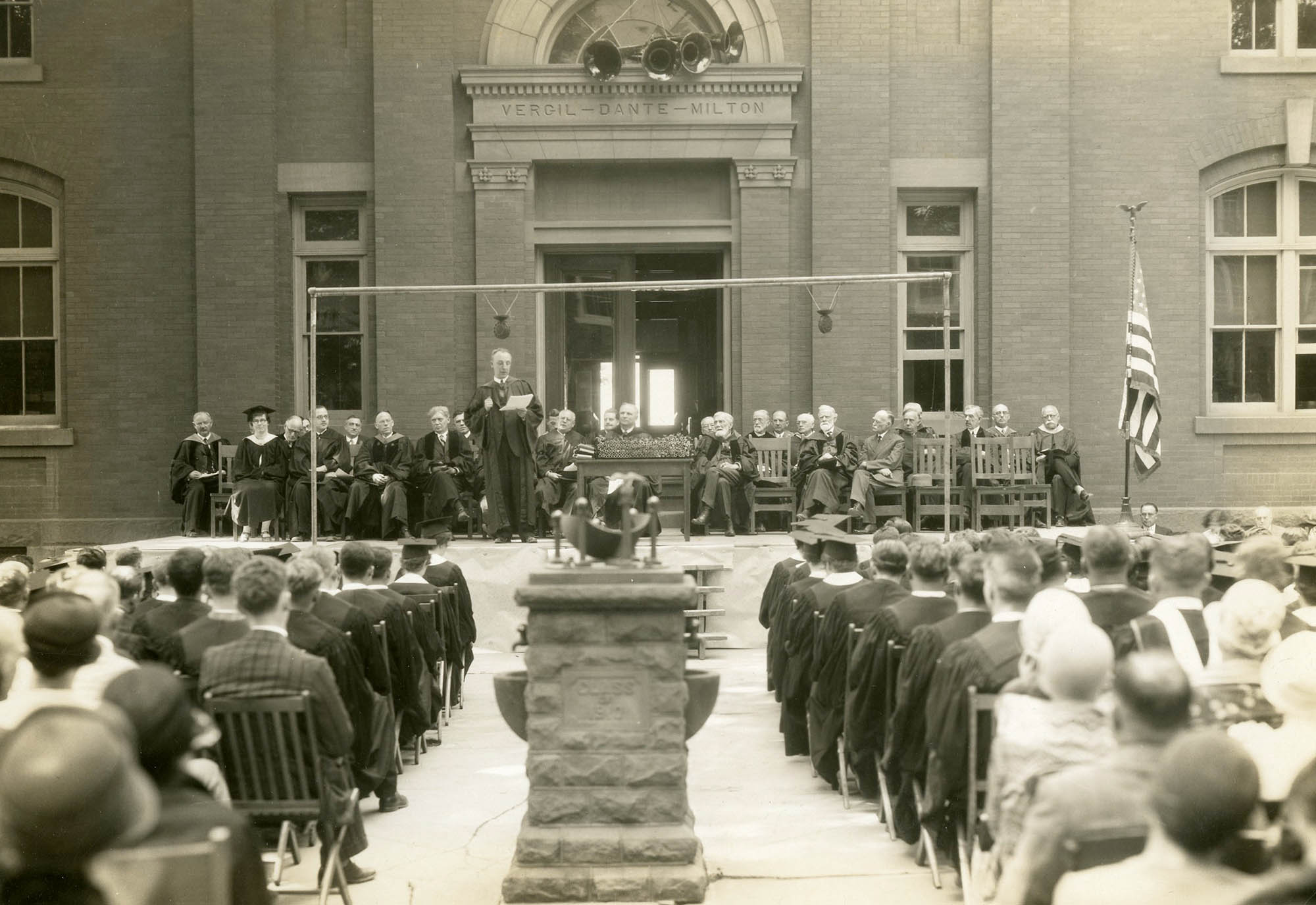
Fifty years later, in 1996, Bucknell observed its 150th anniversary on the Academic Quadrangle during a beautiful Saturday morning Commencement ceremony. It was one of many events held during the yearlong Sesquicentennial celebration to recognize the University’s distinguished past and its promising future.
Soon, the University will conduct its 172nd Commencement on Malesardi Quadrangle to award degrees to over 900 undergraduates, who now become part of the history and traditions of an ever-changing institution committed to seeking new ways to meet its founders’ goal ‘‘to be serviceable to the human race.’’
ORDER OF CEREMONY
- PROCESSIONALPenn Central Wind Band
William Kenny, Conductor
- INVOCATION*Kurt Nelson
University Chaplain
- The National Anthem*Lia Marie Zavattaro
Class of 2022
- Welcome and IntroductionJohn C. Bravman
President of the University
- COMMENCEMENT ADDRESSDaisy Auger-Dominguez
Class of 1995
- PRESENTATION OF DEGREE CANDIDATESJohn C. Bravman
Elisabeth Mermann-Jozwiak, Provost
Karl Voss, Douglas K. Candland Dean of the College of Arts & Sciences
Erin Jablonski, Interim Dean of the College of Engineering
Raquel Alexander, Kenneth W. Freeman Professor and Dean of the Freeman College of Management
Robert M. Midkiff Jr., Vice President for Strategic Initiatives
- CLASS RESPONSETarrin James Earle
Class of 2022
- A LAST WORDJohn C. Bravman
- ALMA MATER*“Dear Bucknell”
by S.S. Merriman, Class of 1886
And mem’ries fond come trooping by;
The tireless stars may cease their blinking,
But thoughts of thee shall never die;
And though the years steal swiftly o’er us,
And winter comes with biting sting,
Our hearts with youth’s undaunted chorus,
Shall e’er with praise of Bucknell ring.
UNIVERSITY MARSHALS
Platform Marshals
Professor of Civil &
Environmental Engineering
Associate Professor of Physics
FACULTY AND GUEST MARSHALS
Associate Professor of Management
Associate Provost for
Transformative Teaching & Learning
Associate Provost for Equity & Inclusive Excellence
STUDENT MARSHALS
Professor of Chemistry
Bethany J. Collier, Assistant Head Marshal
Associate Professor of Music
Professor of Biology and Animal Behavior
Richard D. Crago
Professor of Civil & Environmental Engineering
Eric C. Martin
Professor of Management
Associate Professor of Accounting
Emily L. Stowe
Associate Professor of Biology
Jeffrey M. Trop
Professor of Geology &
Environmental Geosciences
meet the 2022
commencement
speaker
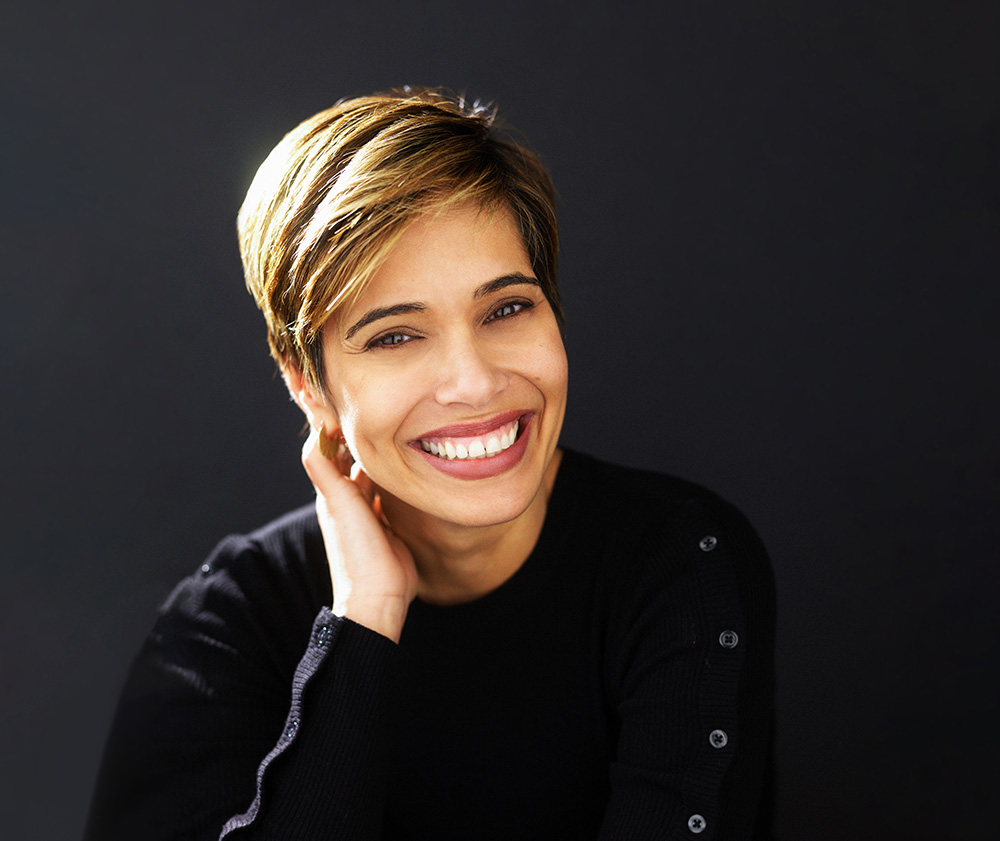
In March, Auger-Domínguez released her book Inclusion Revolution: The Essential Guide to Dismantling Racial Inequity in the Workplace. It provides her frank answers to why popular diversity, equity and inclusion strategies by companies fail. She offers proven, research-based strategies for racially inclusive management.
In her current position, Auger-Domínguez leads Vice Media Group’s global human resources organization, including its people operations; diversity, equity and inclusion; corporate facilities and real estate; and social impact. She oversees all aspects of Vice Media Group’s HR functions globally, supporting its workforce throughout 35 cities worldwide. Additionally, as a member of Vice Media Group’s executive leadership team, she leads strategic initiatives to ensure the company continues to foster an inclusive and diverse culture that attracts, grows and retains the best and the brightest.
“Daisy’s professional life has been dedicated to designing and effectively executing more inclusive and equitable work cultures in some of America’s largest corporations. At a time when organizations are struggling with how best to improve levels of diversity, equity and inclusion, she is making workplaces more inclusive and equitable, and now she’s sharing her knowledge through her new book,” says Bucknell President John Bravman. “We always hope that our students apply their Bucknell education to make the world a better place, and she is doing just that. We are so proud to welcome her back as our 2022 Commencement speaker.”
First Head of Diversity, Inclusion and Talent Acquisition at Moody’s
Auger-Domínguez kicked off her career at Moody’s Investors Service as a credit risk analyst, global manager of philanthropic programs and its first head of diversity, inclusion and talent acquisition. She has since designed, led and scaled organizational transformations at some of America’s largest companies and founded Auger-Domínguez Ventures, a workplace culture consultancy. A renowned speaker, author and startup adviser, her professional and civic contributions have earned her recognition, including being listed as one of Hispanic Executive’s Top 10 Leaders; being named one of the 25 Most Powerful Women by People en Español; and receiving the New York City Council Leadership in Community Service Award.
She serves on the boards of the Planned Parenthood Federation of America, Brooklyn Children’s Museum, Robert Sterling Clark Foundation and St. Ann’s Warehouse.
“I’m deeply honored to be asked to deliver this year’s Commencement address at my alma mater. The first thing I did was tell my father, who is still beaming with pride from when he saw me receive my diploma,” says Auger-Domínguez. “It feels like it was only yesterday when I was sitting in those folding chairs contemplating what the future held for me and my small cohort of largely BIPOC [Black, Indigenous and people of color] friends who had built such deep bonds. I promise to make it short, candid and impassioned.”
Auger-Domínguez graduated from Bucknell in 1995 with a bachelor of arts degree in international relations and women’s & gender studies.
meet the 2022
STUDENT SPEAKER
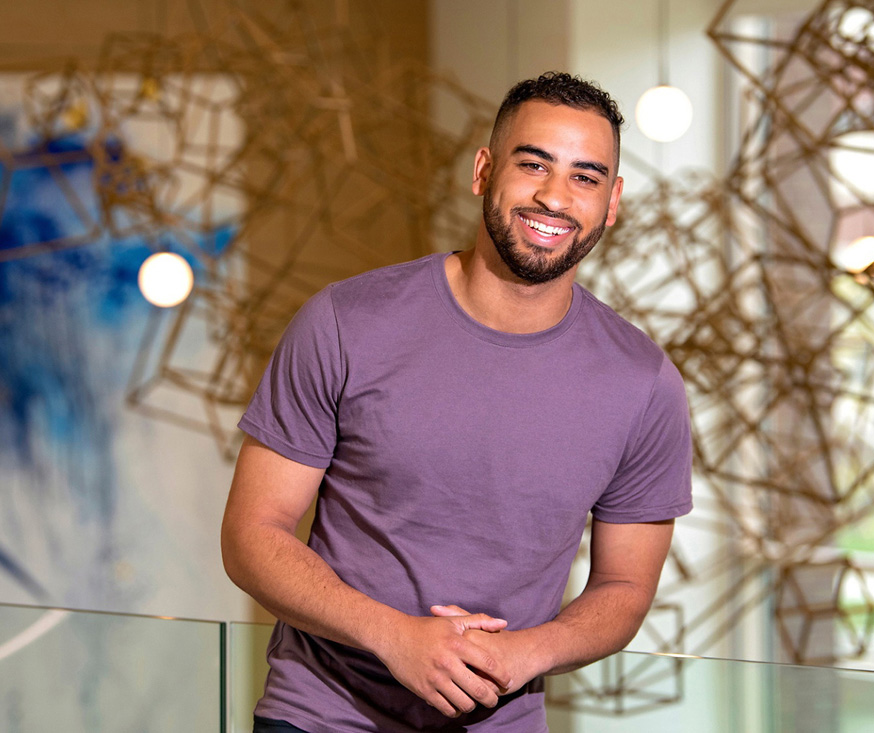
When on-campus classes resumed in fall 2020, Earle returned with a newfound determination to make the most of his remaining years, both in his markets, innovation & design (MIDE) major and on the field as the Bison football quarterback. Then he tore his ACL — not once but twice.
If anything, Earle’s Bucknell journey has been marked by rapid change and unforeseen challenges. But when he receives his diploma May 22 — after addressing the Class of 2022 as this year’s Commencement student speaker — Earle says he’ll graduate feeling like a winner.
“Everything that’s come my way has helped me grow so much over the course of my time here,” he says. “I’ve learned that outcomes can be unpredictable even when you make all the right moves — and that’s OK. It’s all about finding the positives in adversity and staying patient through it all.”
Some of those lessons came through Earle’s experiences in the Freeman College of Management, where students are often tasked with workshopping smart and innovative product solutions in their courses.
As a first-year student in Management 101, Earle partnered with peers to build “safehouses” for children with autism and other behavioral needs at Summit Early Learning preschool in Lewisburg. MIDE classes tested his problem-solving skills even further, challenging him to think through puzzles like how to help cosmetics customers virtually try before they buy during the pandemic, or how to keep fruits and vegetables fresh in a community food pantry.
“Coming to Bucknell, I wouldn’t have called myself the most creative person,” admits Earle, who hails from Florence, N.J. “MIDE pushed me to think outside the box, which was one of the things I loved about it. That, and the numerous chances I got to work on team projects.”
Of all the experiences that have made his time at Bucknell worthwhile, Earle says it’s the camaraderie he found on campus that’s been the most impactful. From leading crucial discussions in the Bison Athletes of Color affinity group to the strong bonds he formed with first-year and sophomore students in his senior year, “the connections you build here are just so different than anywhere else.”
“Everybody wants to be part of something bigger than themselves. At Bucknell, even small actions have a huge impact,” Earle says. “I could’ve written a five-page Commencement speech about everything we’ve been through. My goal is to take some time to celebrate all we’ve accomplished together and share those memories one last time.”
After graduation, Earle plans to coach football while pursuing a master’s degree in business at North Central College.
meet the 2022
soloist
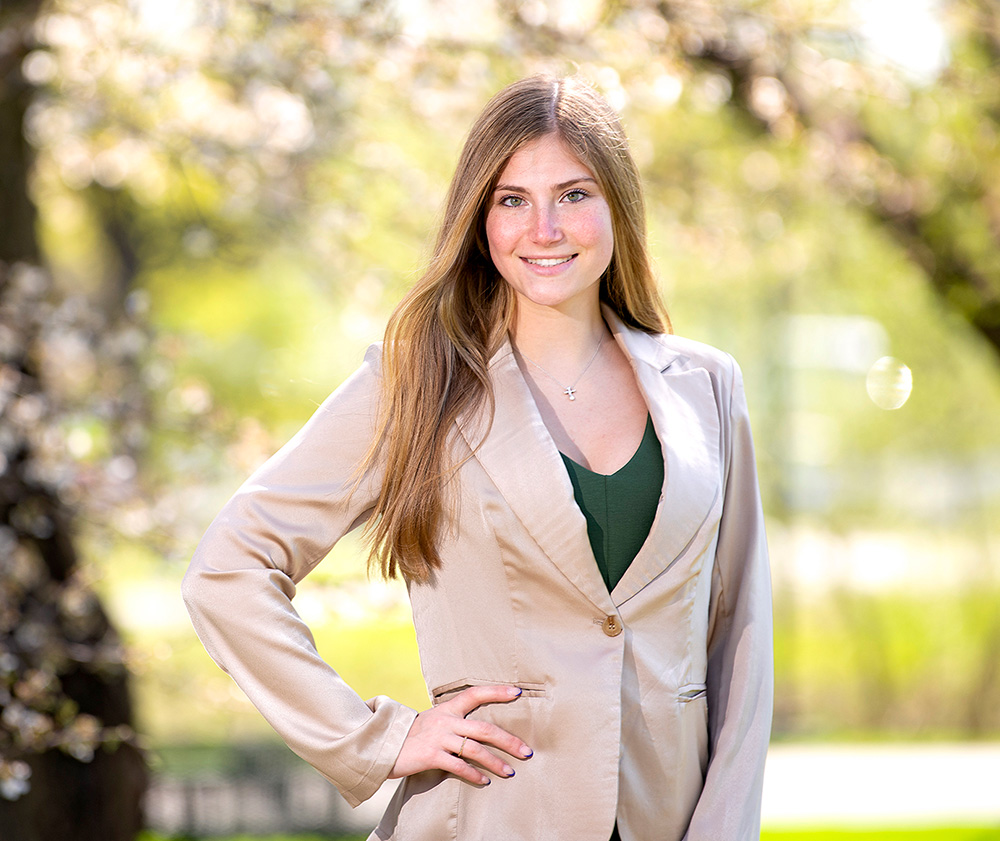
Zavattaro began formal singing training in middle school and, at the age of 13, earned a near-perfect score on a Royal Conservatory of Music (RCM) exam in Concordia College’s RCM Development Program. She’s sung as a soloist at Carnegie Hall as well as at Bucknell’s Rooke Chapel during Sunday morning services.
“I love the freedom of music. It’s an amazing way to express how you feel and lift your spirits,” says the Old Greenwich, Conn., native. “It’s definitely helped me stay positive and keep going throughout my time in college.”
Zavattaro defines her Bucknell experience as a time of growth, during which she’s been able to explore the interests that most excite her — including Spanish, which Zavattaro has studied since kindergarten.
“There’s so much I’ve learned and done here that I don’t think I could have anywhere else,” she says. “Bucknell has helped me grow more self-assured and confident, as well as fueled my drive to be the best I can be moving forward.”
PRESENTATION OF DEGREE CANDIDATES
THE COLLEGE OF ARTS & SCIENCES
Presented by Karl Voss, Dean
May 22, 2022
BACHELOR OF ARTS
View Graduates
BACHELOR OF SCIENCE
View Graduates
BACHELOR OF SCIENCE IN EDUCATION
View Graduates
BACHELOR OF MUSIC
View Graduates
THE COLLEGE OF ENGINEERING
Presented by Erin Jablonski, Interim Dean
May 22, 2022
BACHELOR OF SCIENCE IN BIOMEDICAL ENGINEERING
View Graduates
BACHELOR OF SCIENCE IN BIOMEDICAL ENGINEERING AND BACHELOR OF ARTS
View Graduates
BACHELOR OF SCIENCE IN BIOMEDICAL ENGINEERING AND BACHELOR OF MANAGEMENT
View Graduates
BACHELOR OF SCIENCE IN CHEMICAL ENGINEERING
View Graduates
BACHELOR OF SCIENCE IN CHEMICAL ENGINEERING AND BACHELOR OF ARTS
View Graduates
BACHELOR OF SCIENCE IN CHEMICAL ENGINEERING AND BACHELOR OF MANAGEMENT
View Graduates
BACHELOR OF SCIENCE IN CIVIL ENGINEERING
View Graduates
BACHELOR OF SCIENCE IN CIVIL ENGINEERING AND BACHELOR OF ARTS
View Graduates
BACHELOR OF SCIENCE IN CIVIL ENGINEERING AND BACHELOR OF MANAGEMENT
View Graduates
BACHELOR OF SCIENCE IN COMPUTER ENGINEERING
View Graduates
BACHELOR OF SCIENCE IN COMPUTER ENGINEERING AND BACHELOR OF ARTS
View Graduates
BACHELOR OF SCIENCE IN COMPUTER SCIENCE AND ENGINEERING
View Graduates
BACHELOR OF SCIENCE IN COMPUTER SCIENCE AND ENGINEERING AND BACHELOR OF ARTS
All Graduates
BACHELOR OF SCIENCE IN ELECTRICAL ENGINEERING
View Graduates
BACHELOR OF SCIENCE IN ENVIRONMENTAL ENGINEERING
View Graduates
BACHELOR OF SCIENCE IN MECHANICAL ENGINEERING
View Graduates
THE KENNETH W. FREEMAN COLLEGE OF MANAGEMENT
Presented by Raquel Alexander, Dean
May 22, 2022
BACHELOR OF SCIENCE IN BUSINESS ADMINISTRATION
View Graduates
THE GRADUATE PROGRAM
Presented by Robert M. Midkiff, Jr., Vice President for Strategic Initiatives
May 22, 2022
MASTER OF SCIENCE
View Graduates
MASTER OF SCIENCE IN MECHANICAL ENGINEERING
View Graduates
Army Reserve Officers’ Training Corps
COMMISSIONED AS SECOND LIEUTENANT, UNITED STATES ARMY
View Graduates
Zachary Wade Denning – Active Duty, Corps of Engineers
Paul Tadashi Jaydyn Galvo-Coleman – Army National Guard, Armor
Brian James Gerard – Active Duty, Medical Service Corps
Nicholas Michael Hein – Active Duty, Signal Corps – Branch Detail Field Artillery
Ethan Royden Hynes – Active Duty, Infantry
Michael Paul Kost – Active Duty, Corps of Engineers
Kaitlin Marie McLain – Army Reserves, Military Police
Christopher James Perullo – Active Duty, Infantry
class
Tribute
Watch the
commencement
jumbotron video
a look back at the
class of 2022’s
first few weeks
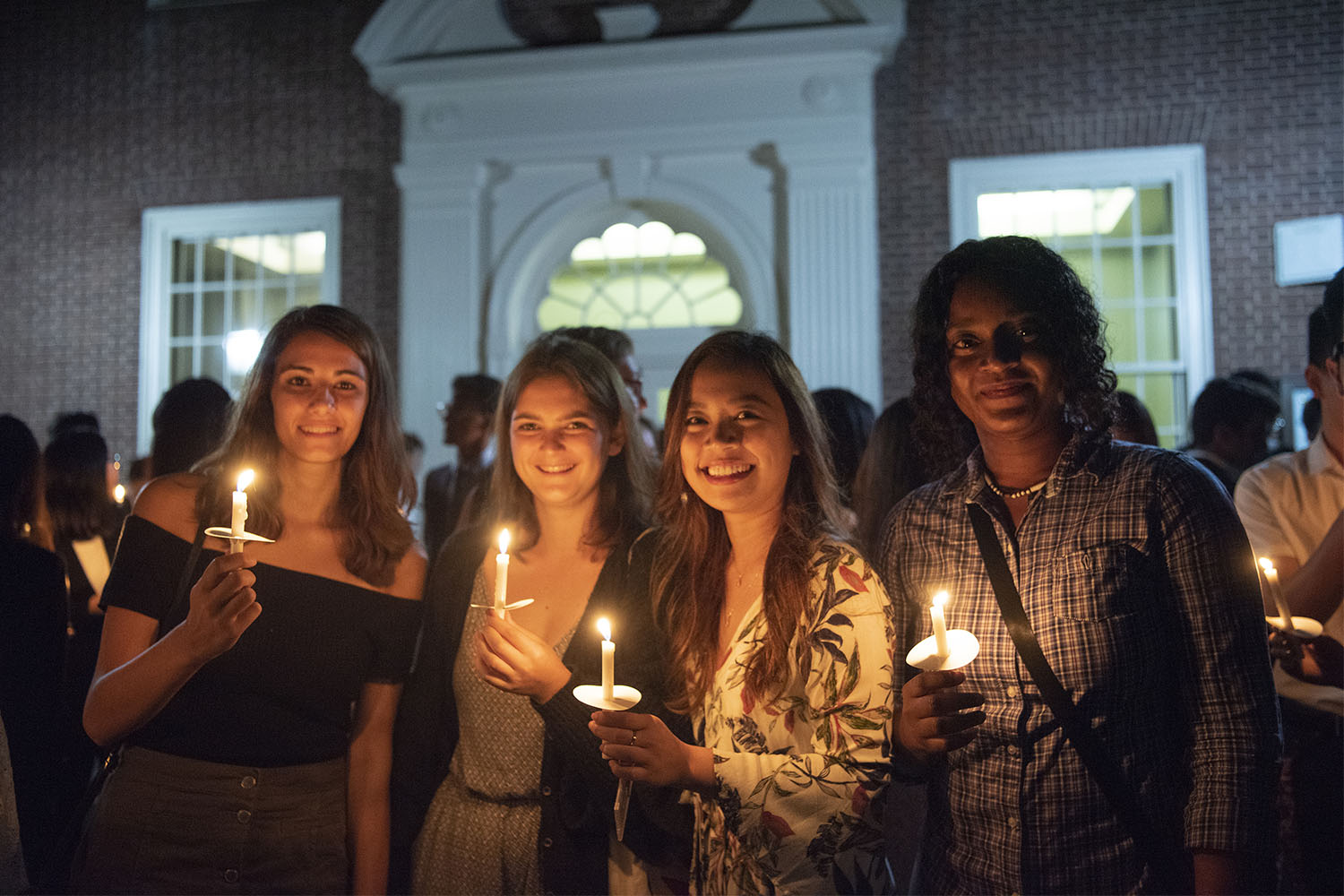
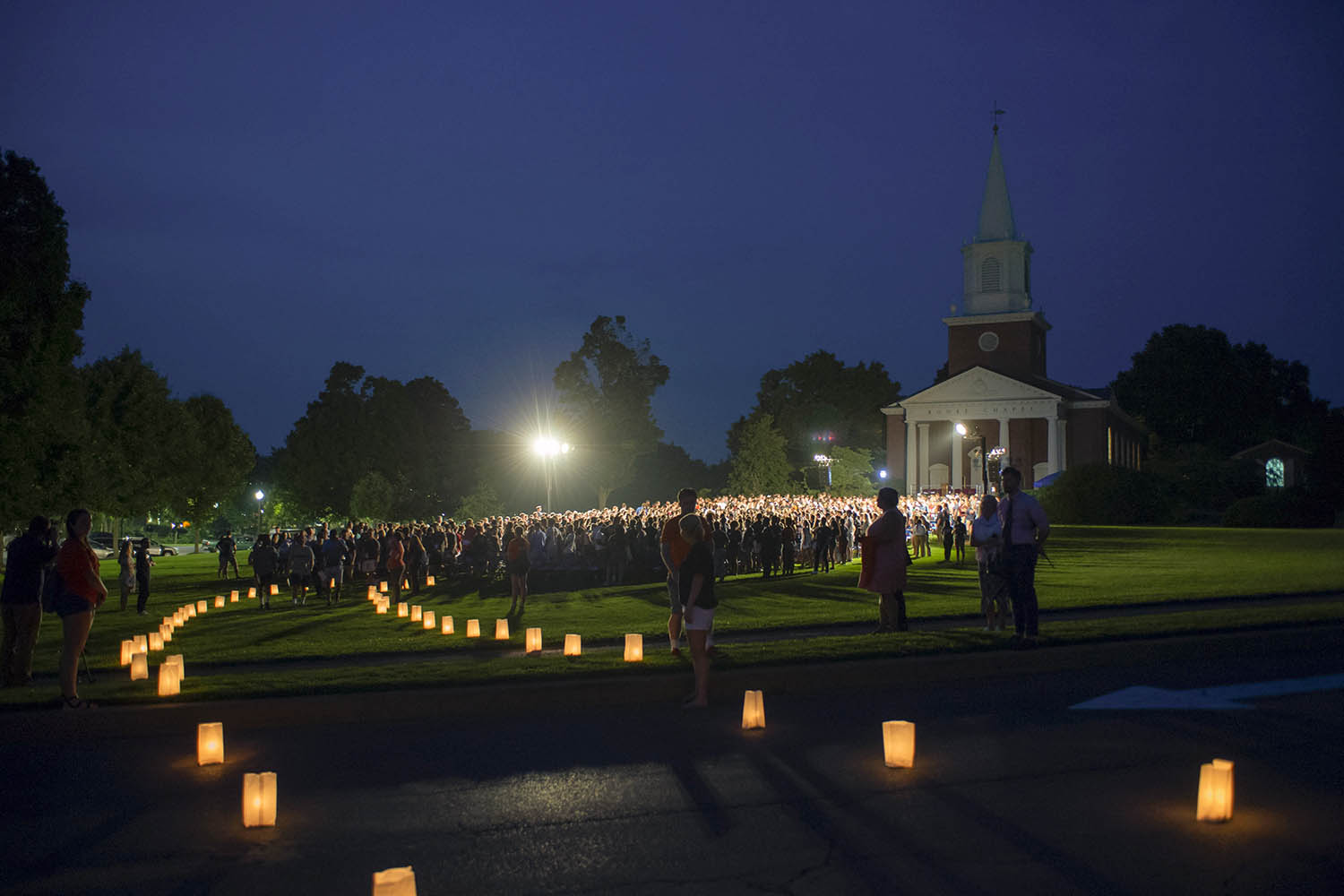
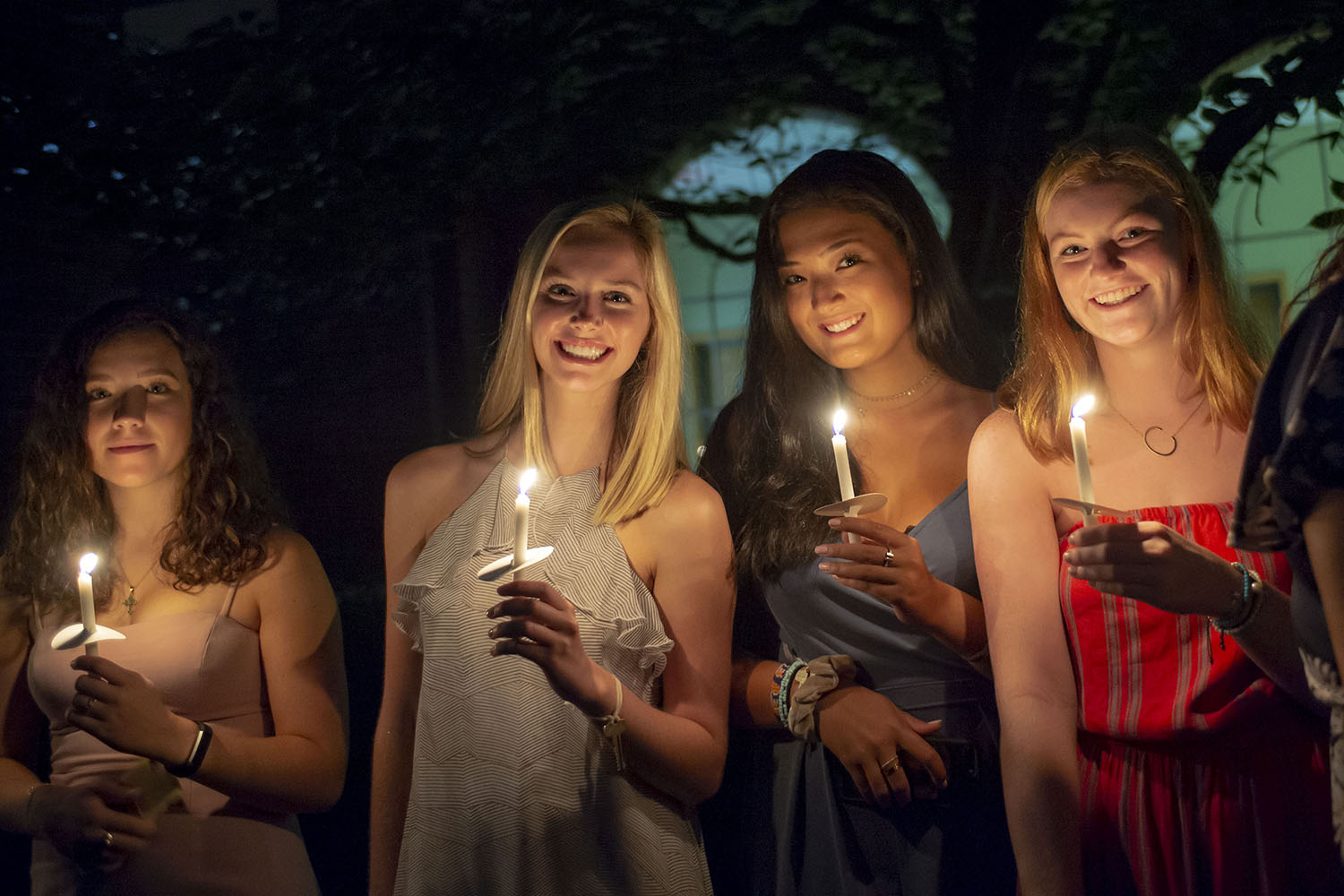
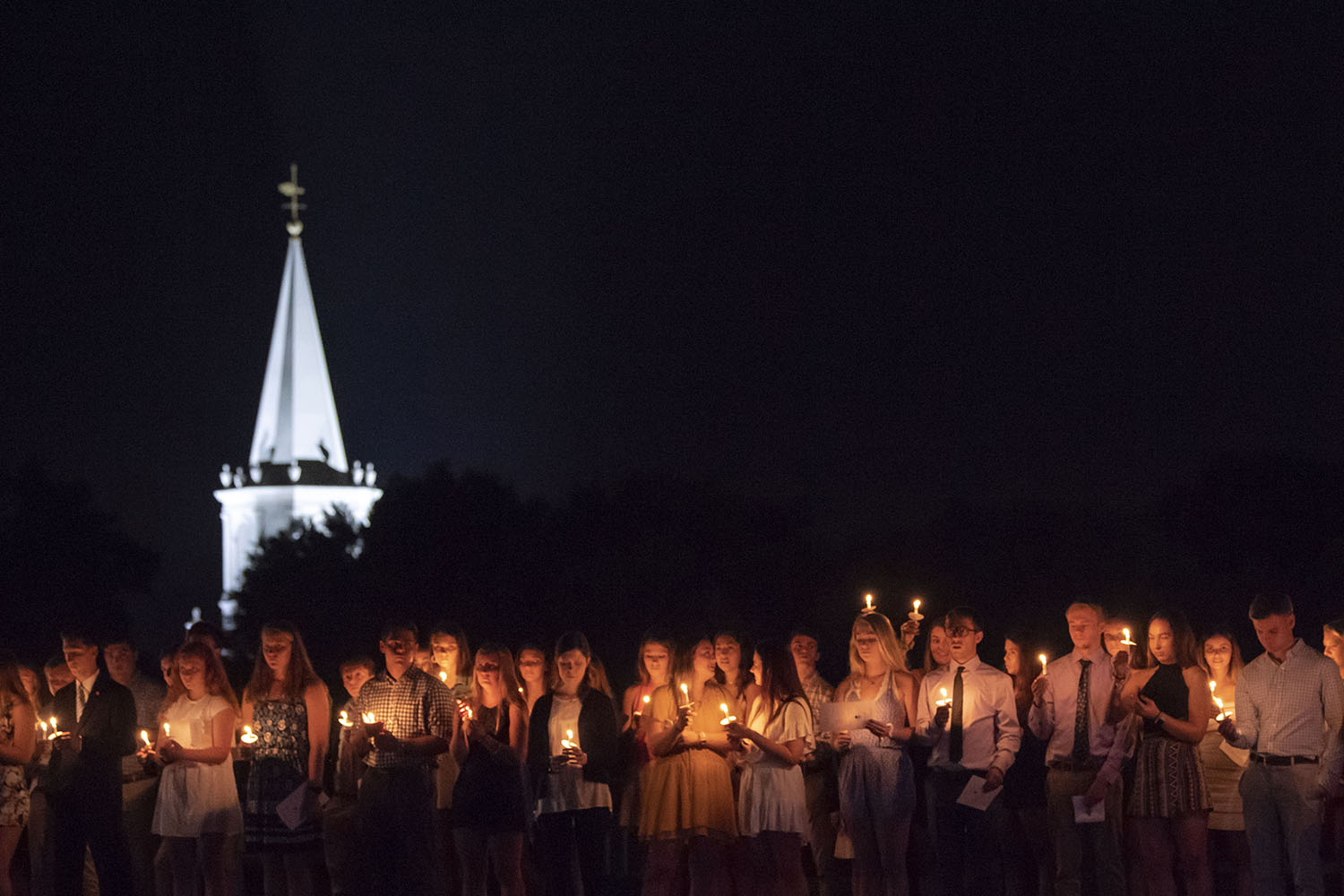
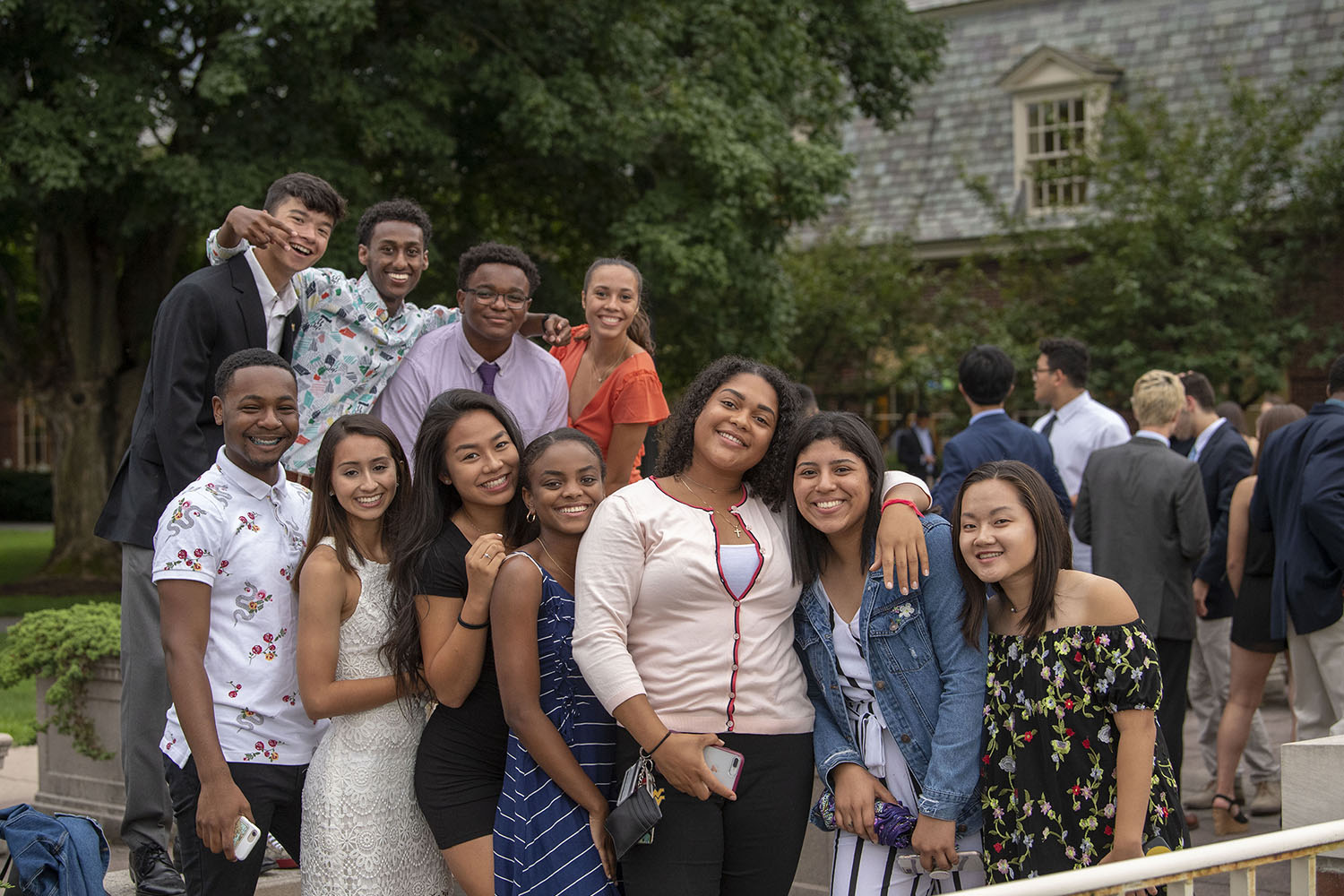
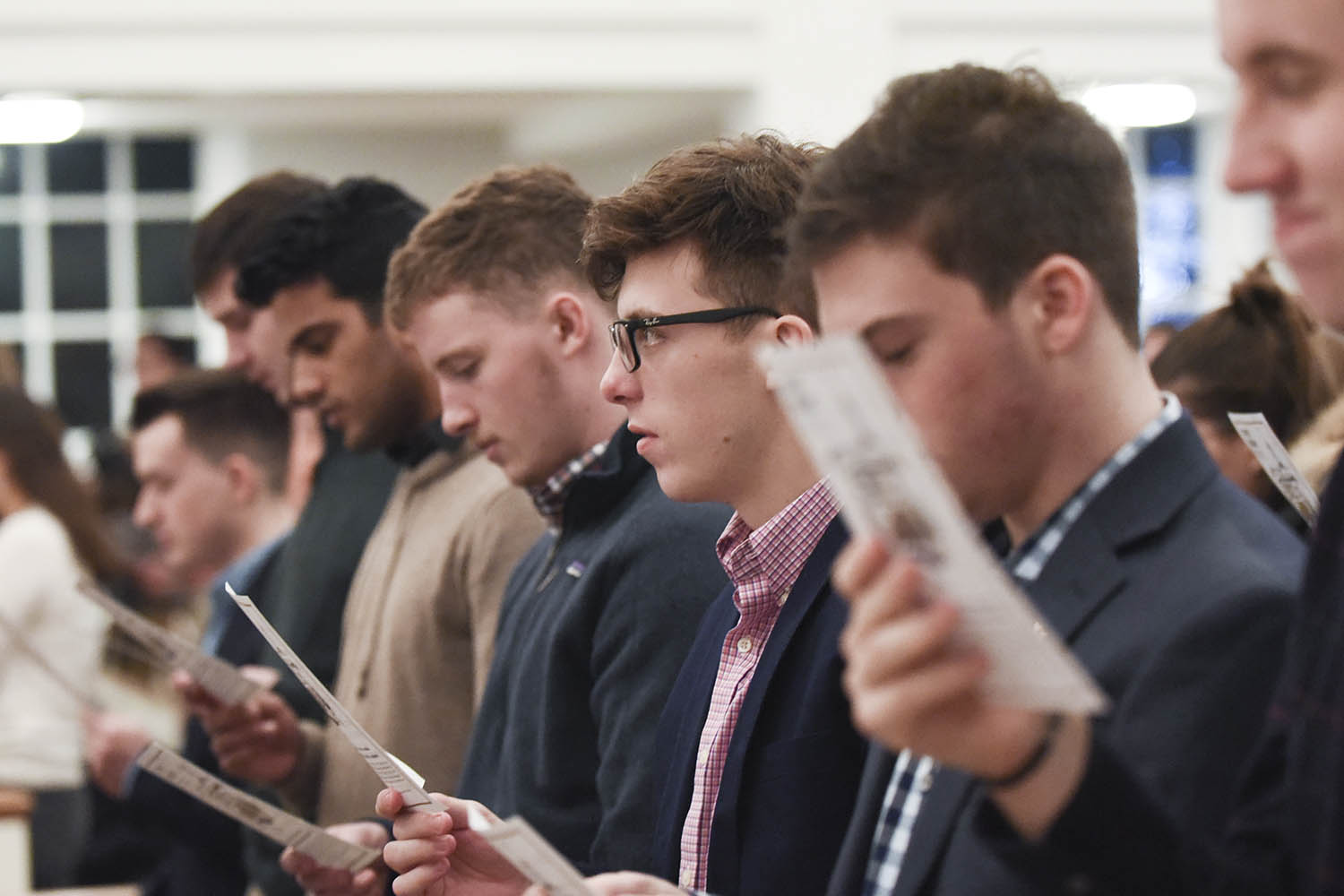
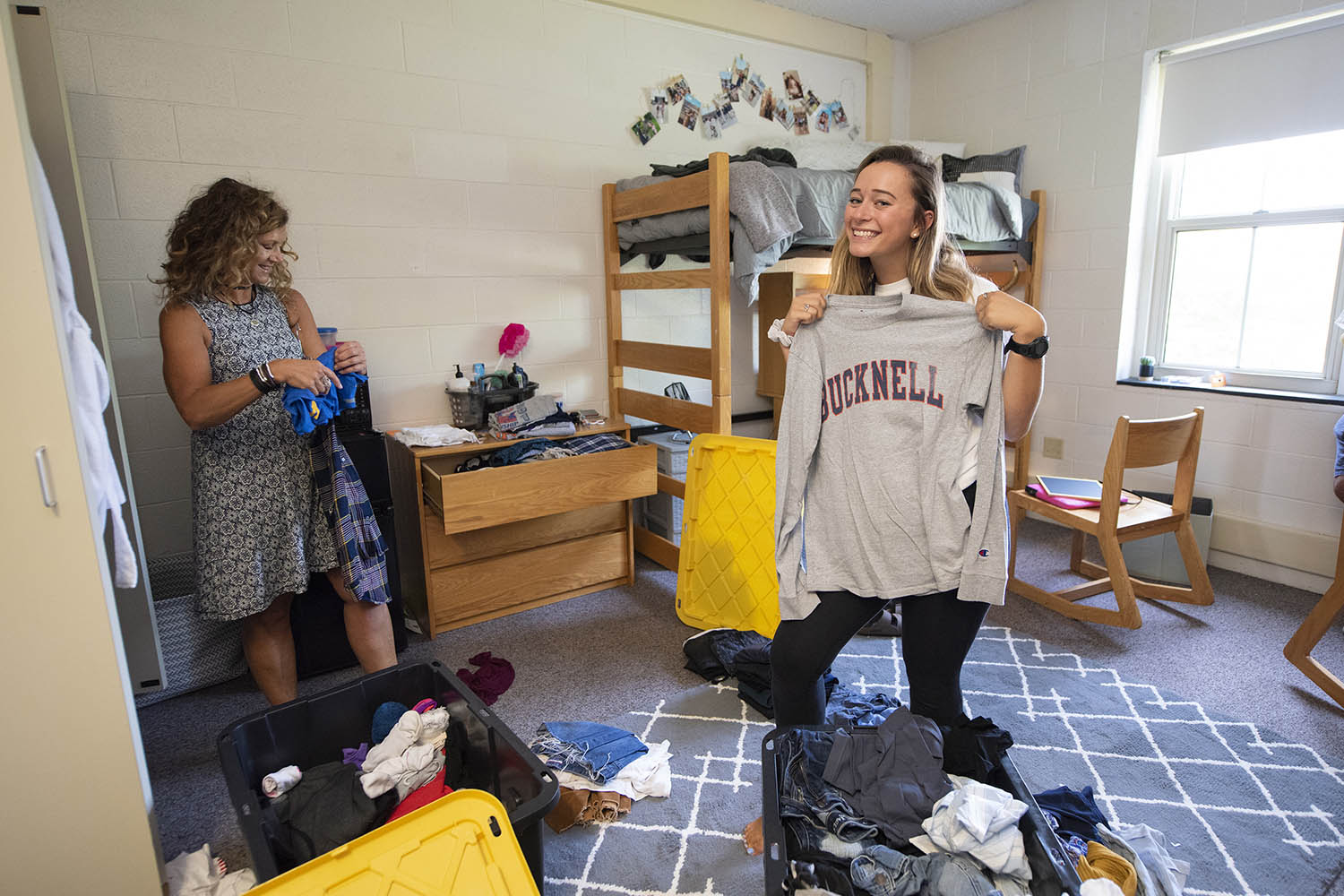
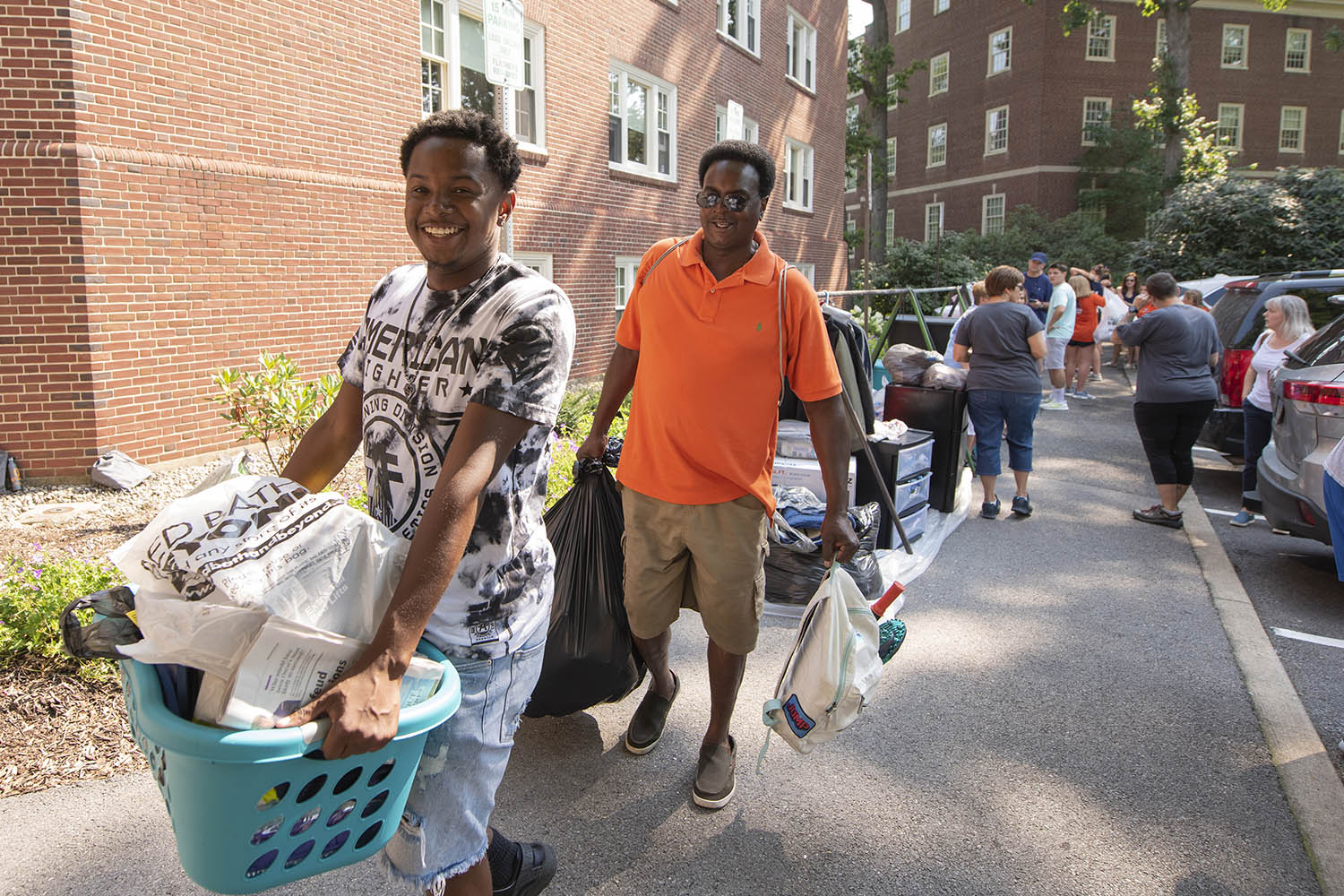
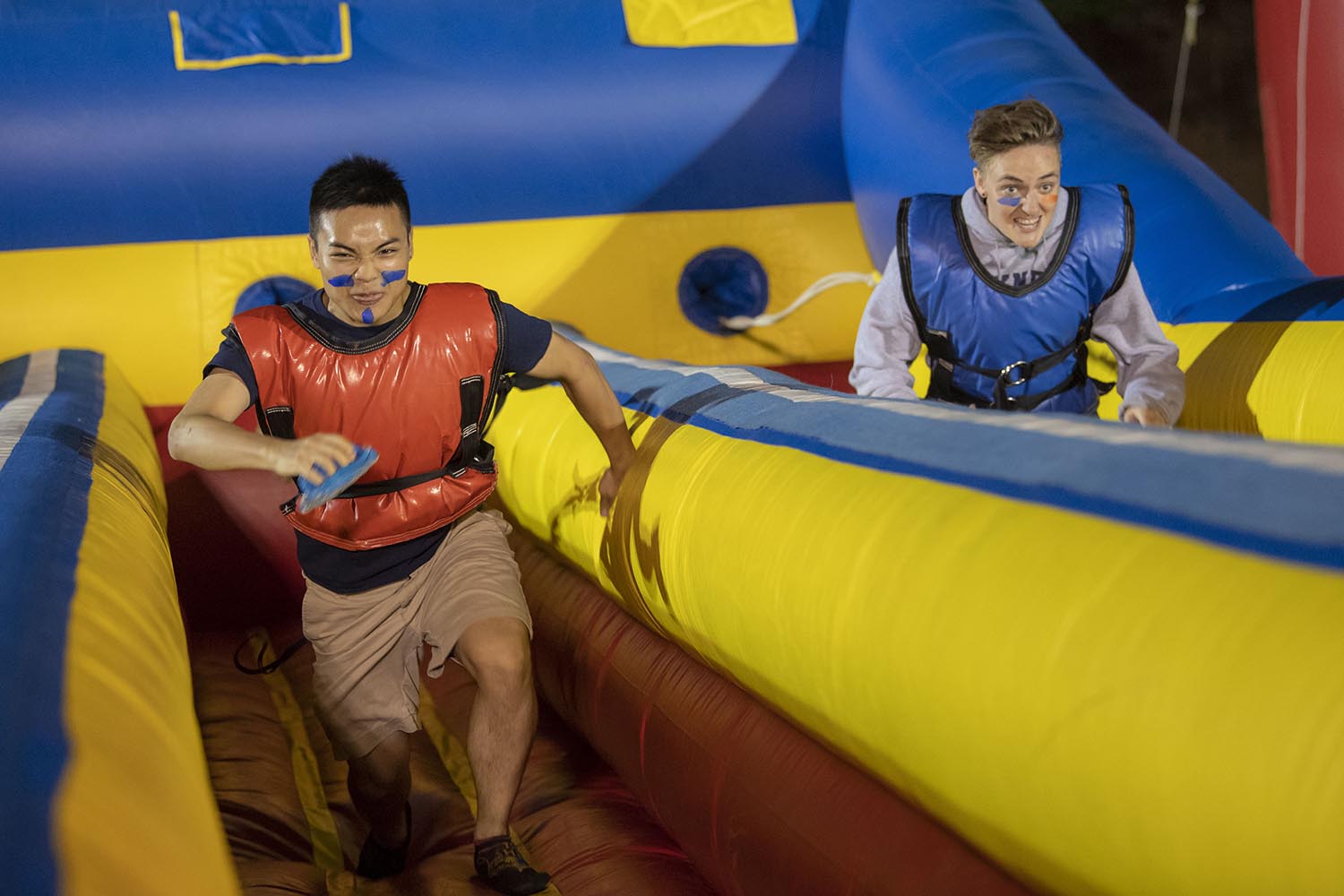
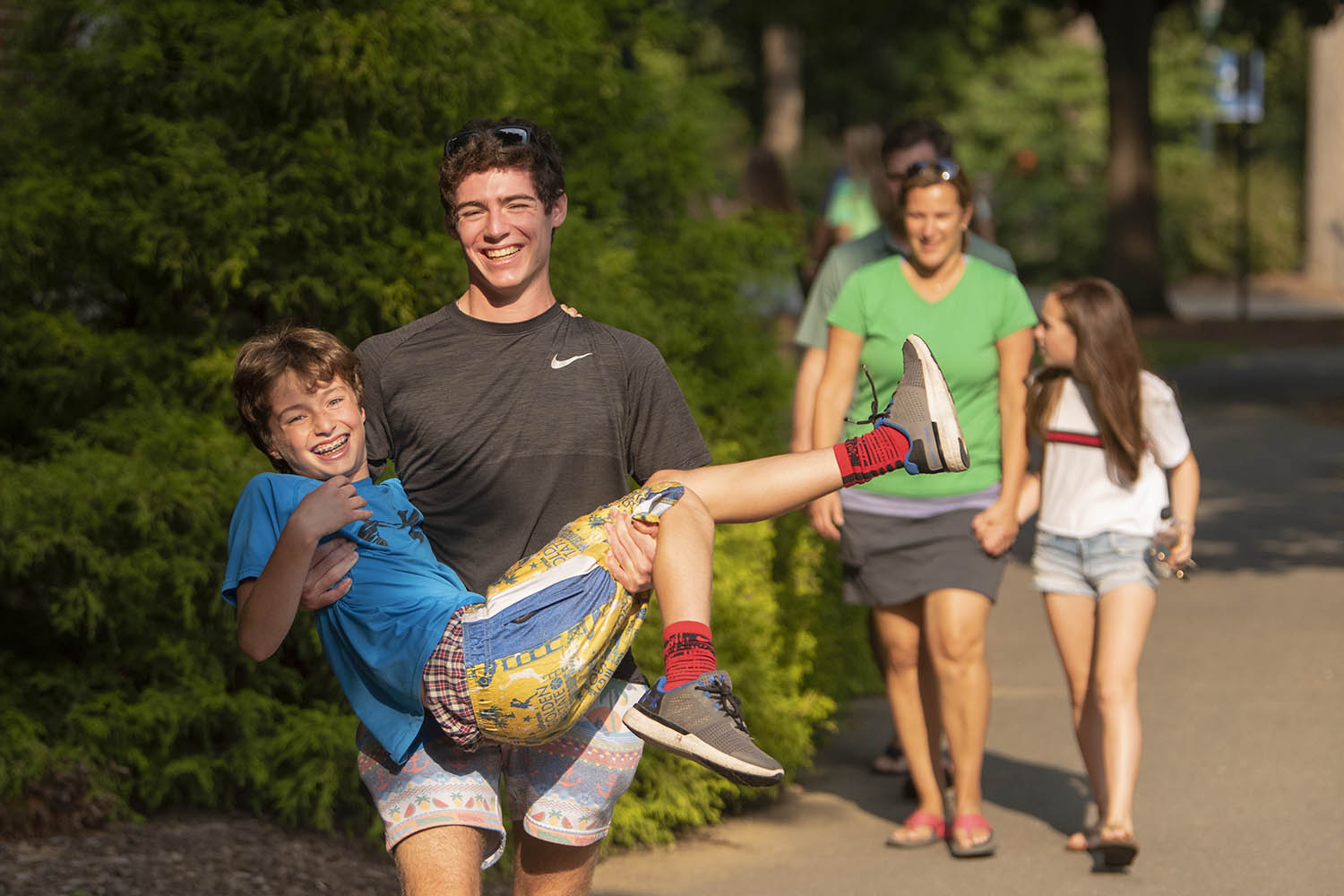
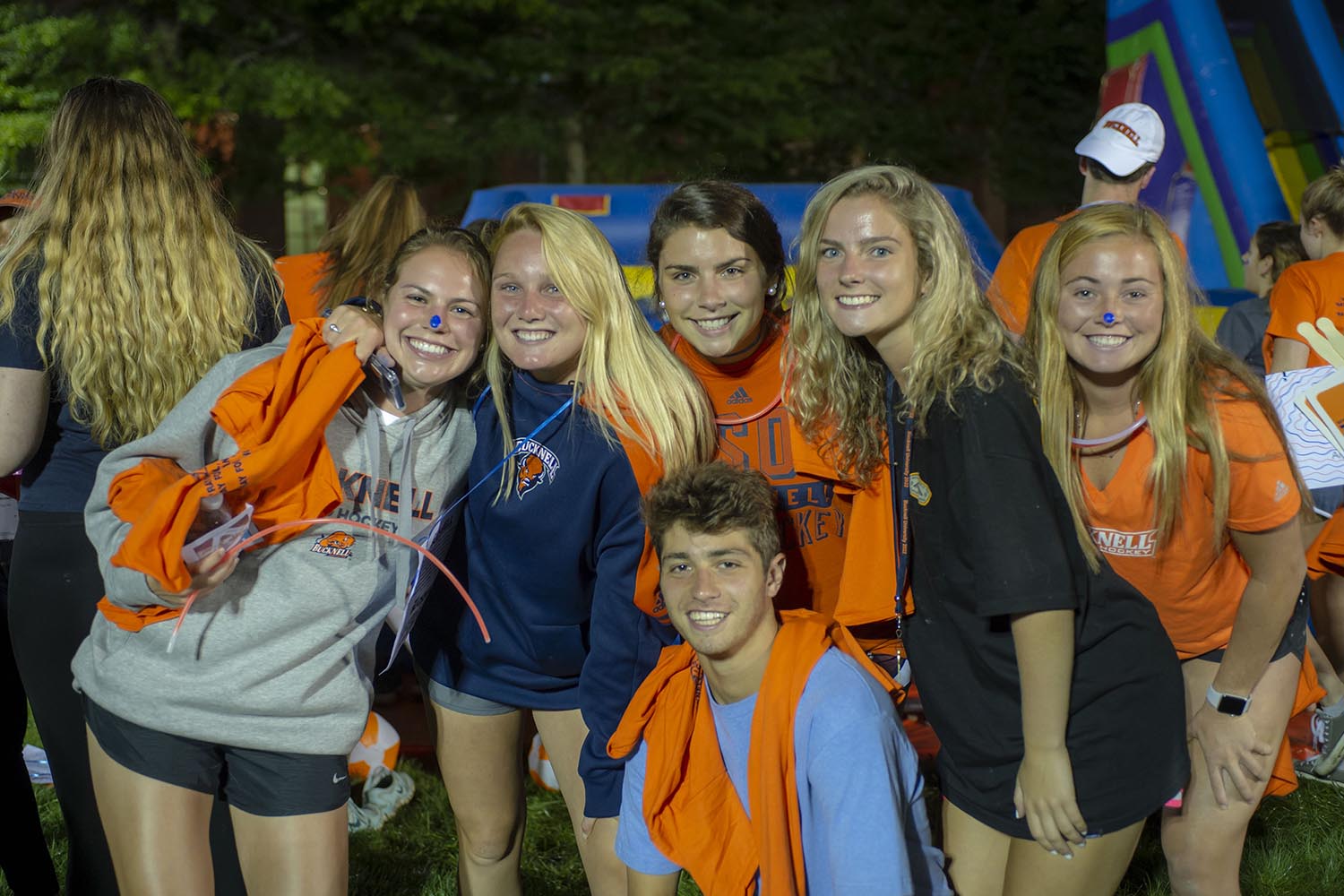
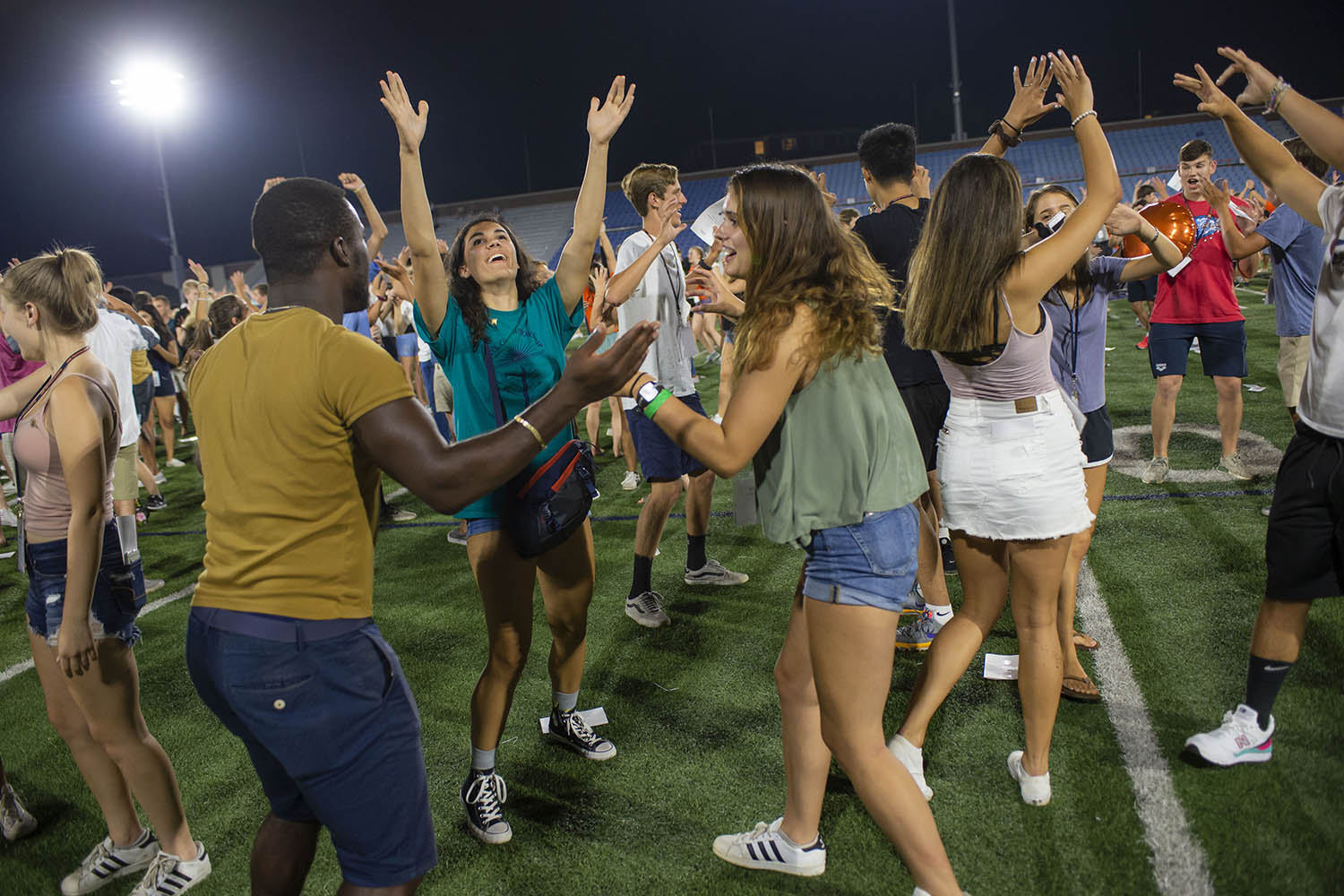

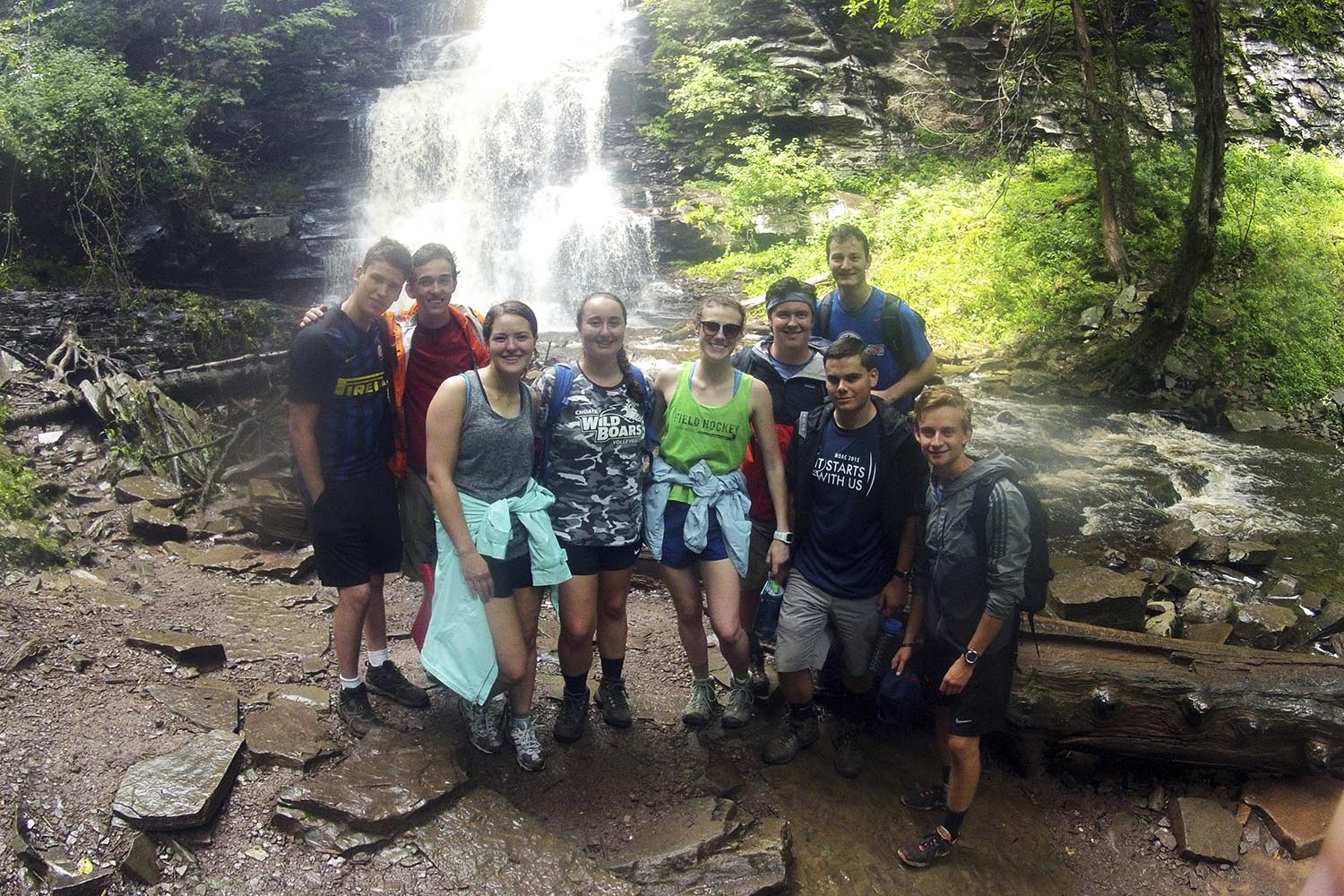
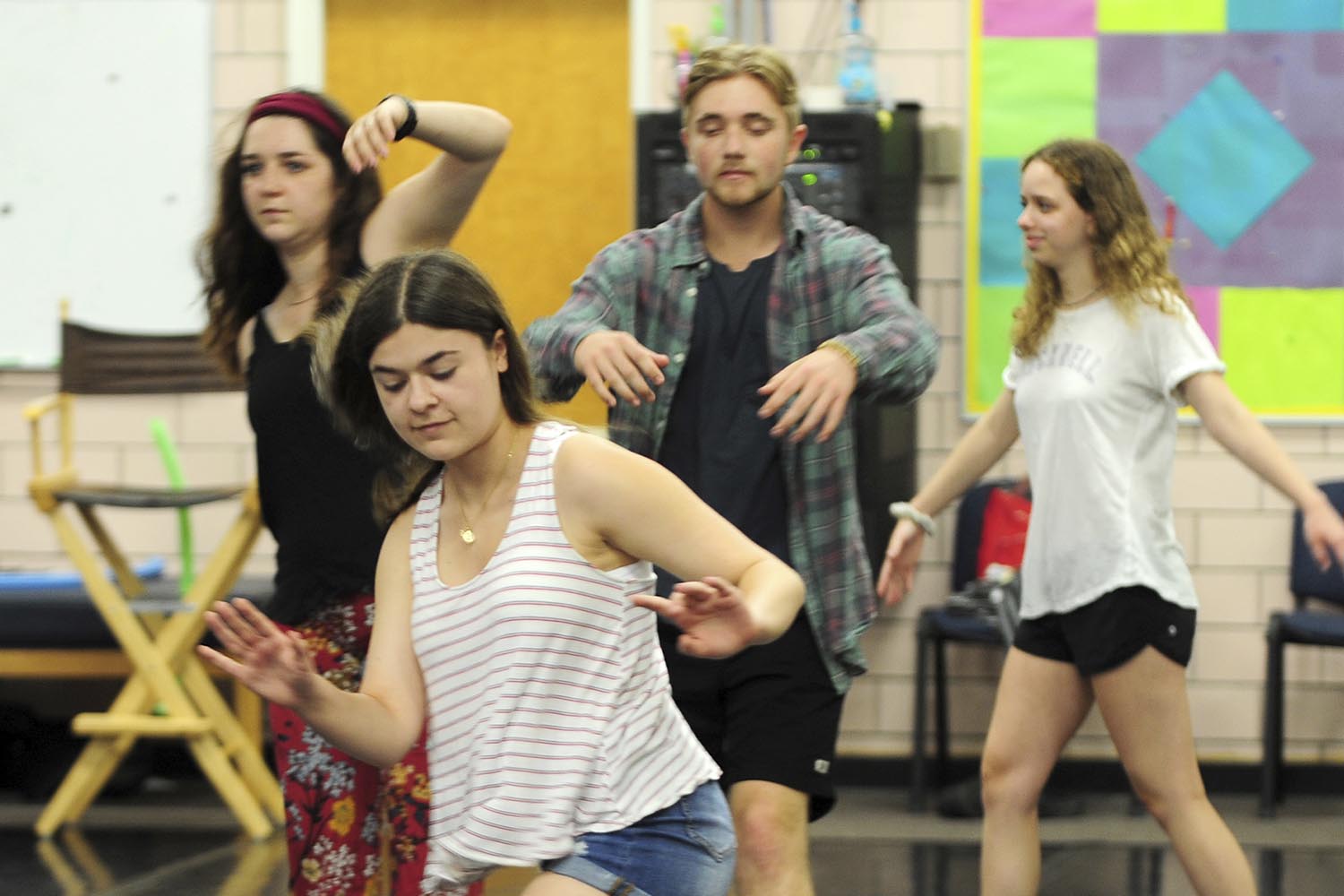
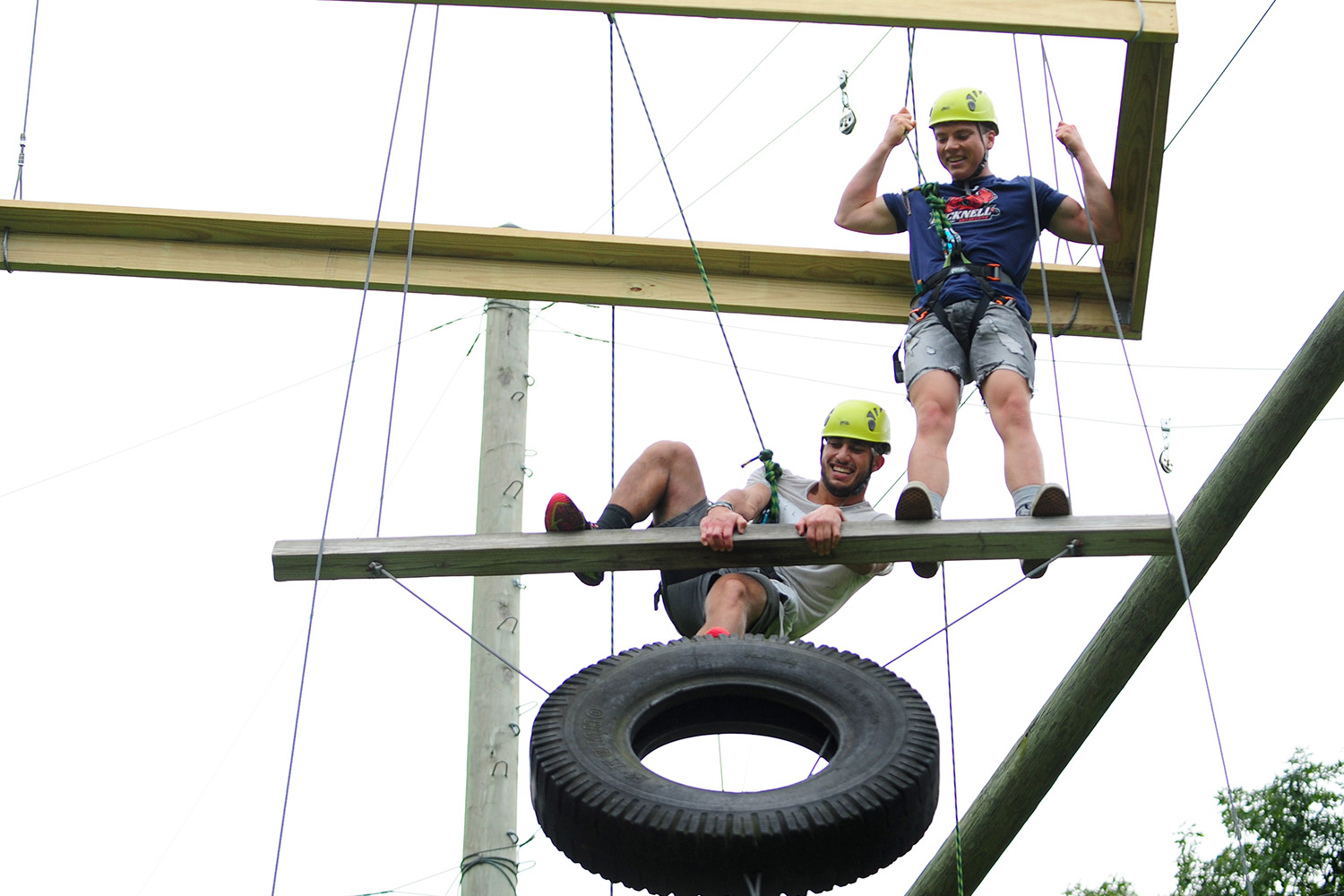
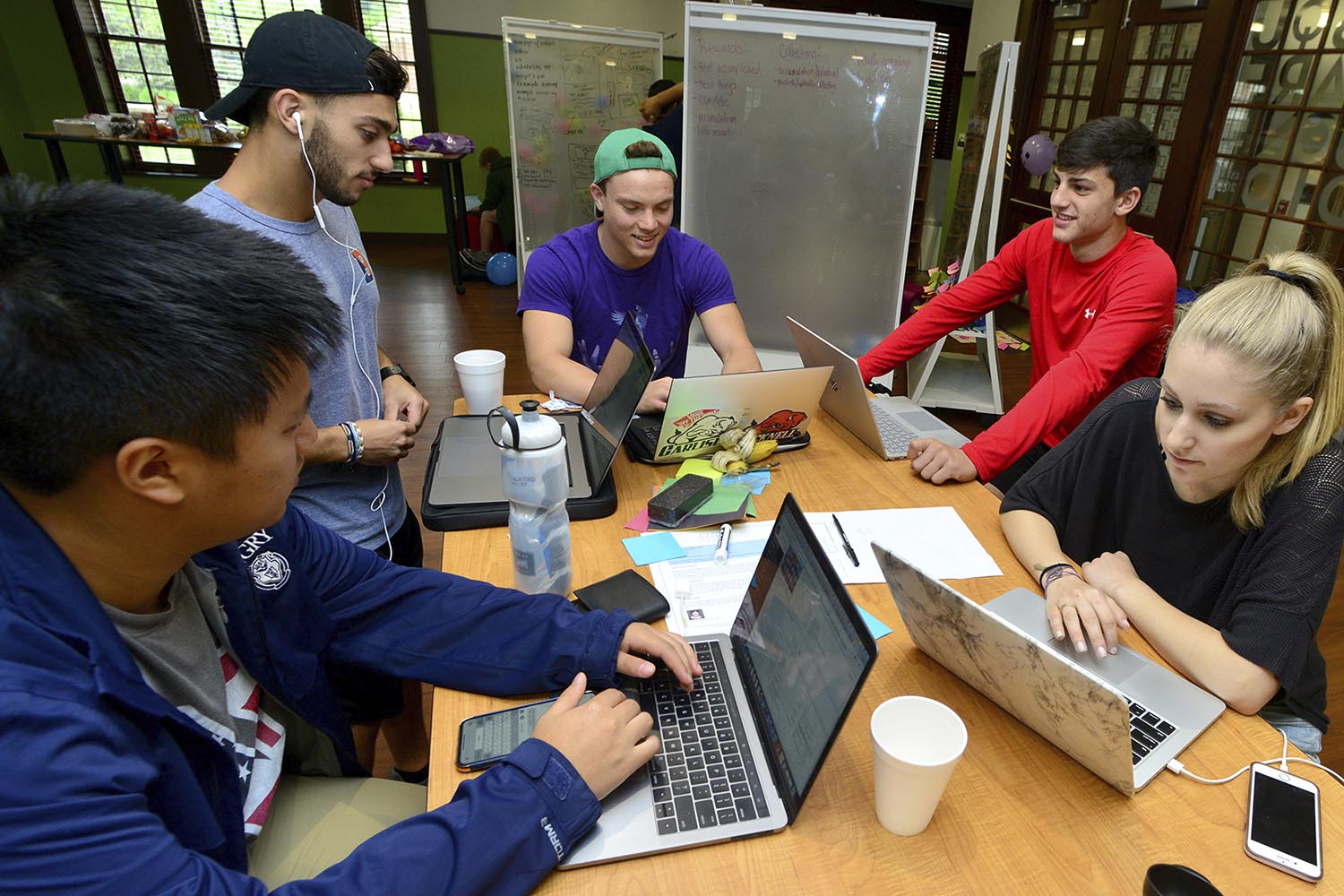
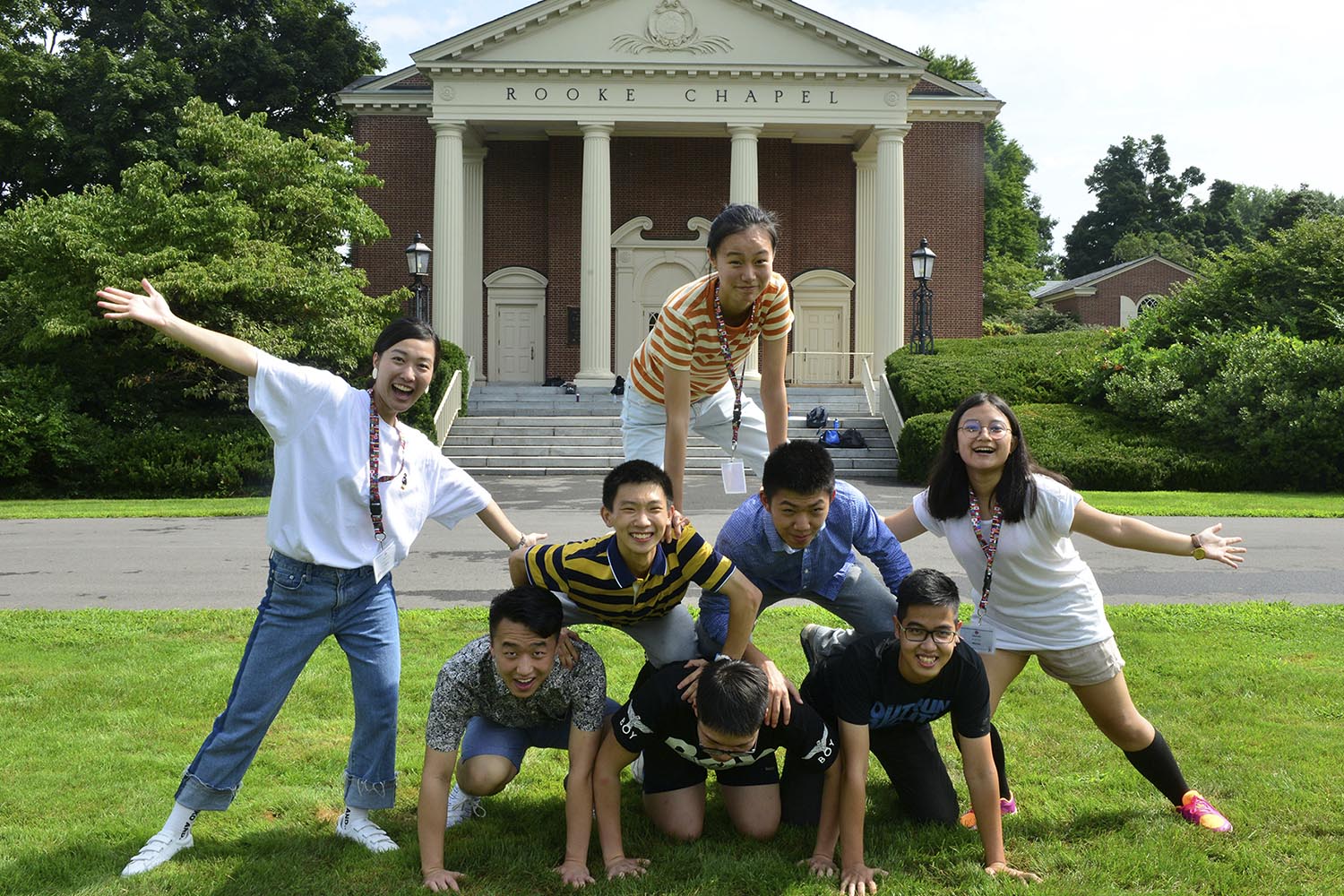
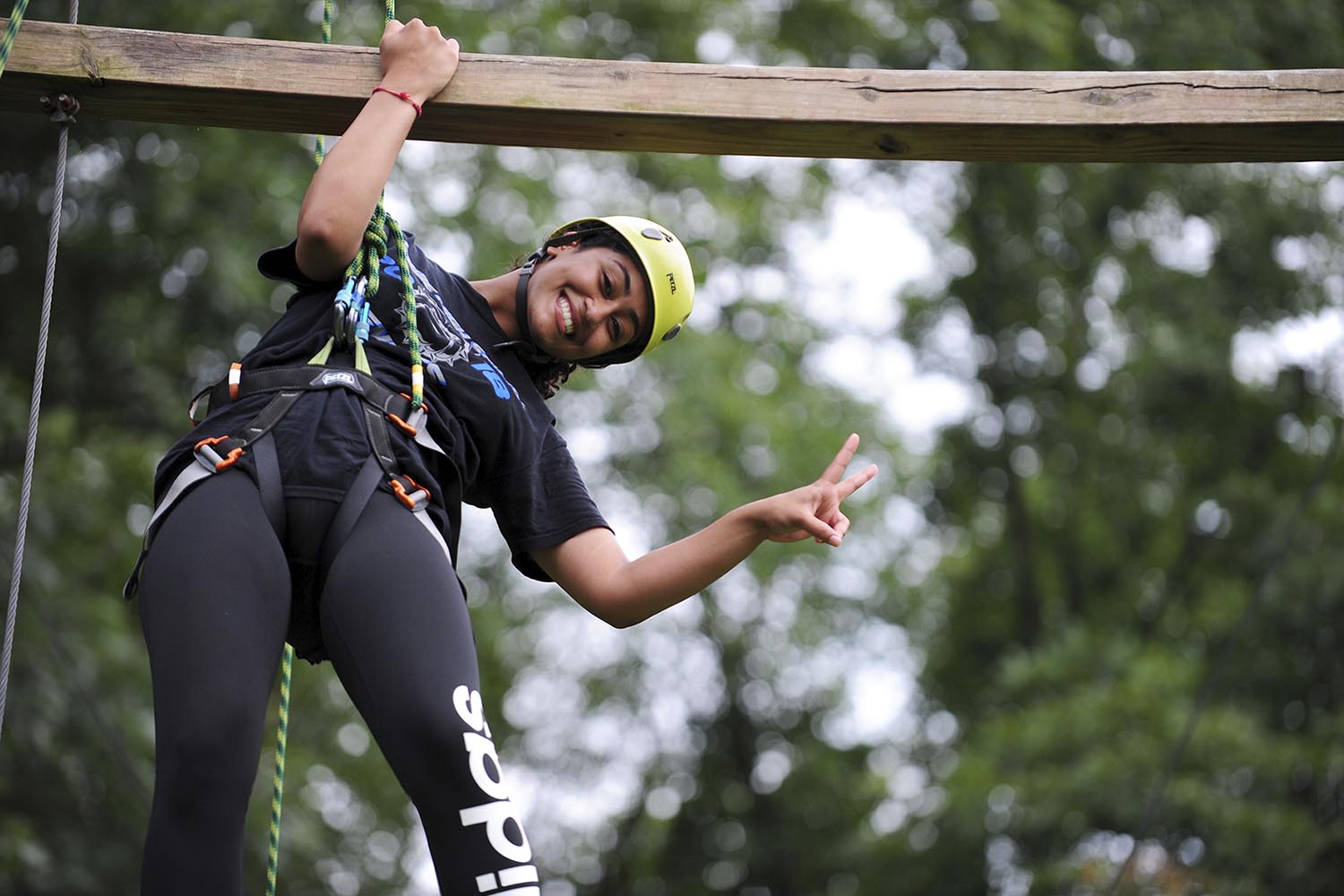
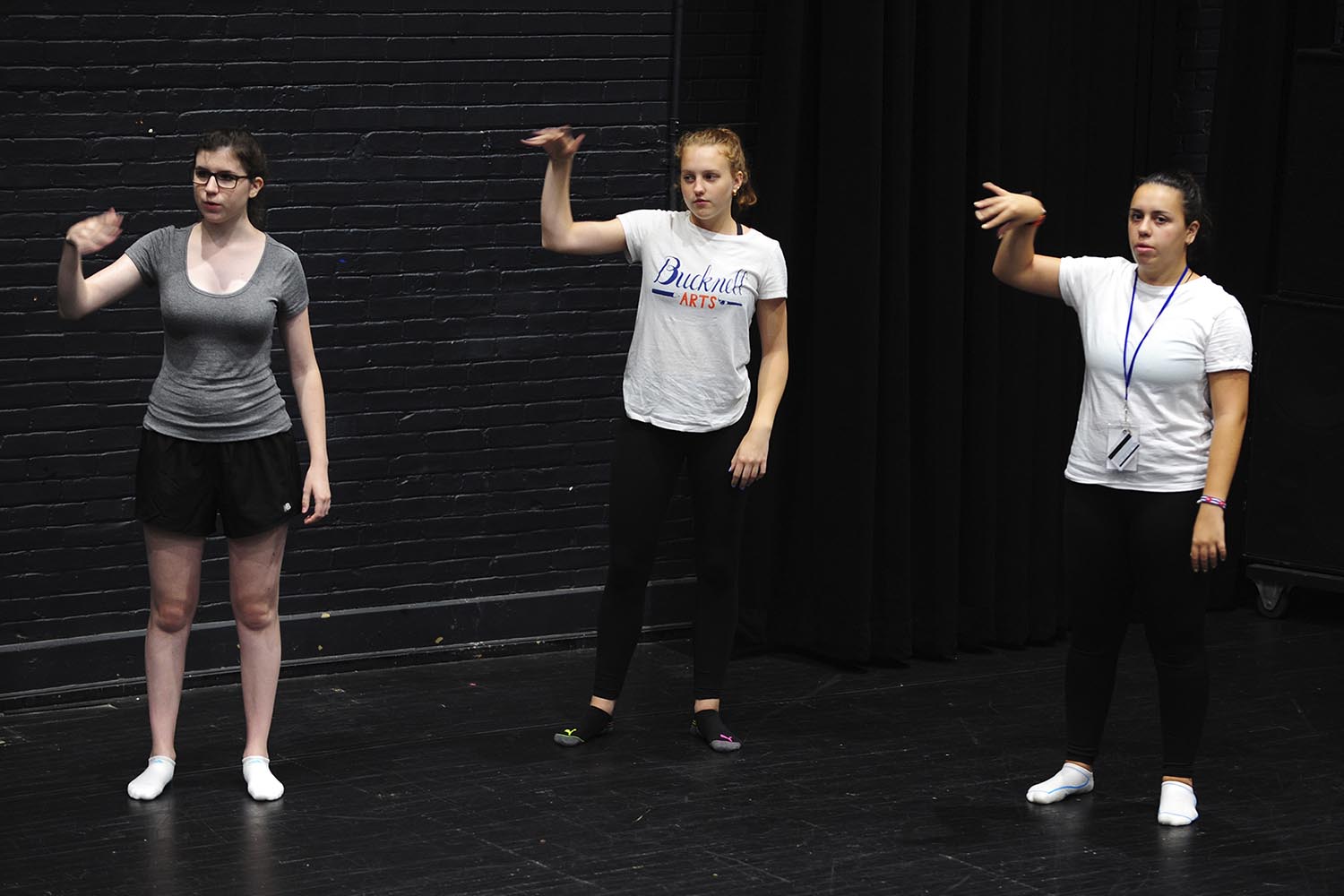
meet the
Graduates
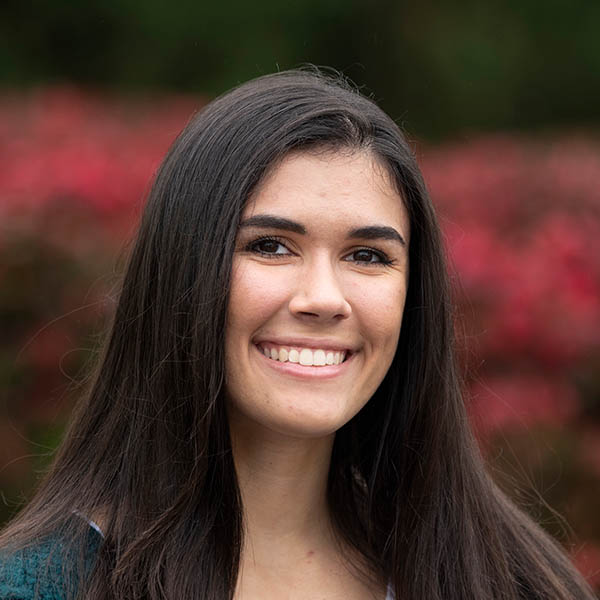
Macy Albaitis
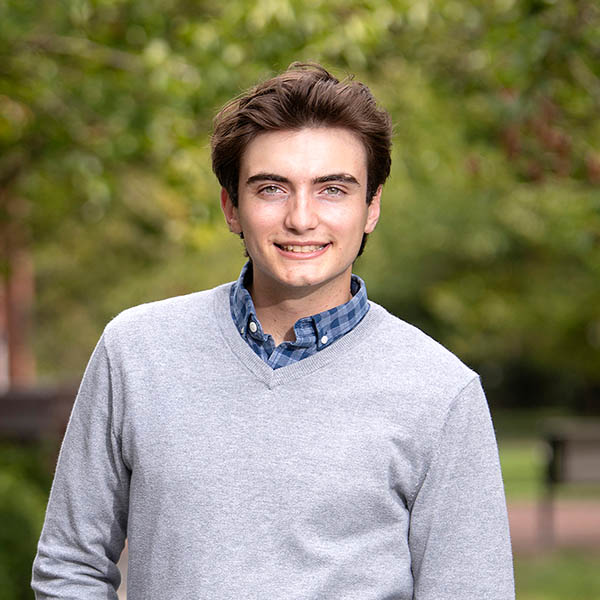
Ryan Bremer
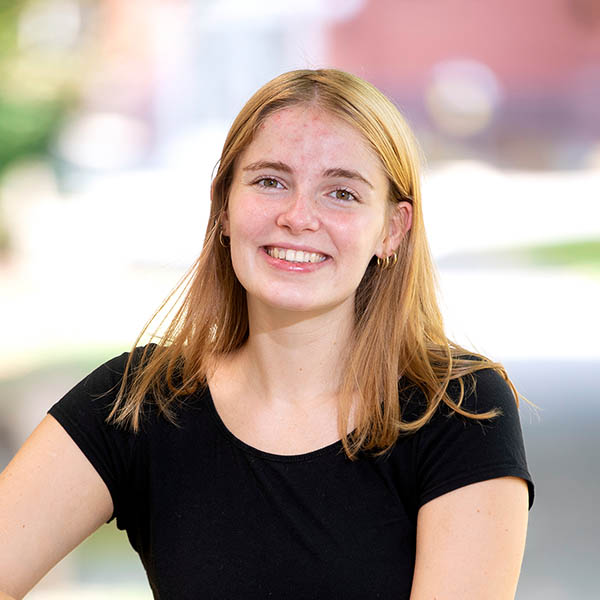
Ella Carlander
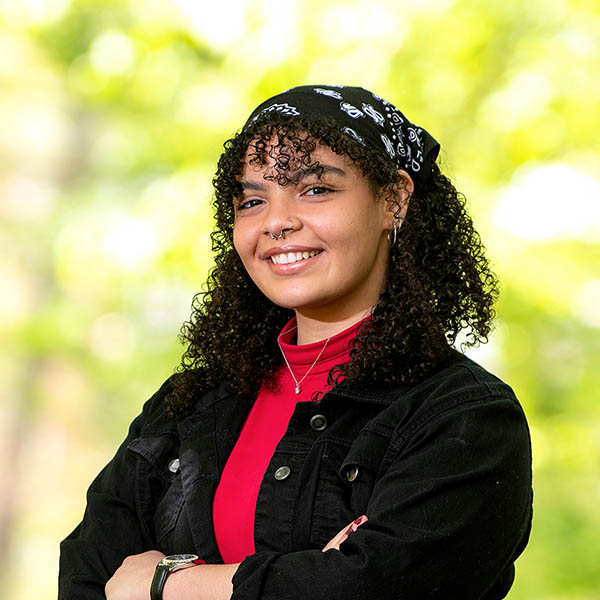
Aries Contreras

Giuliana Ferrara

Sarah Haber
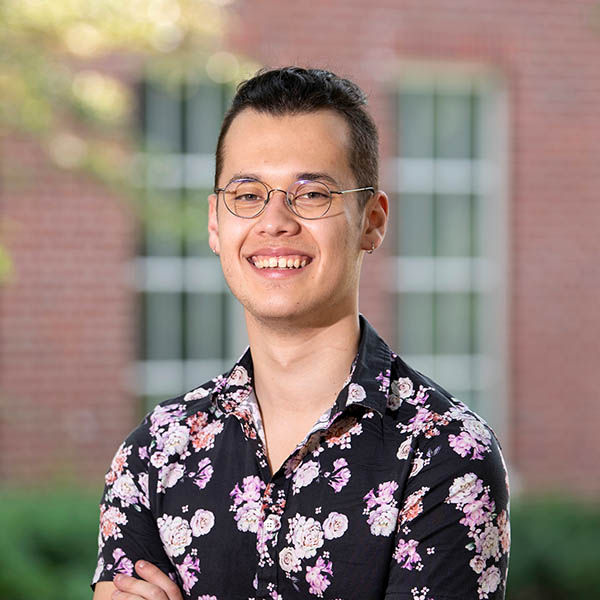
Ian Herdt
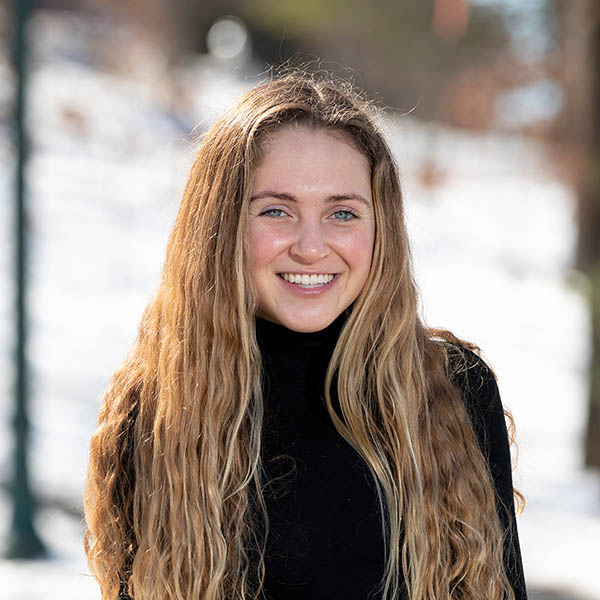
Colleen Hull
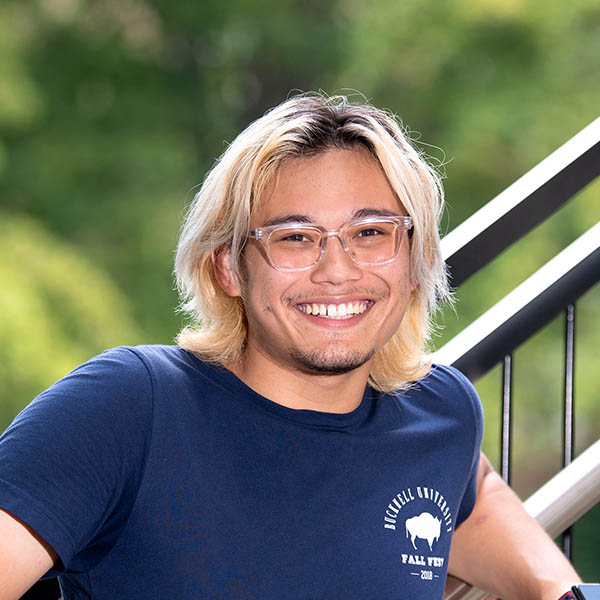
Ryan Iwata
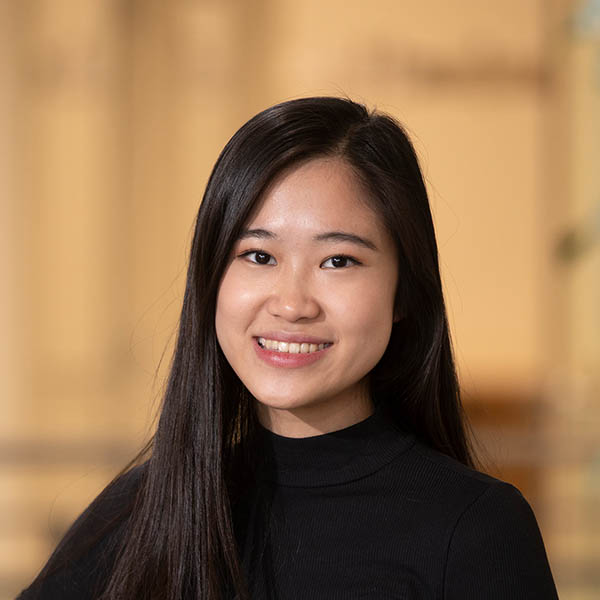
Wutt Kyi
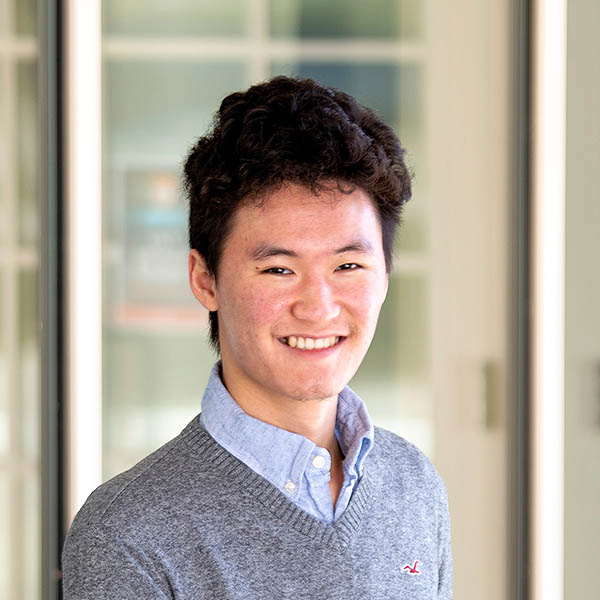
Jaden Lee

Jasmine Minhas
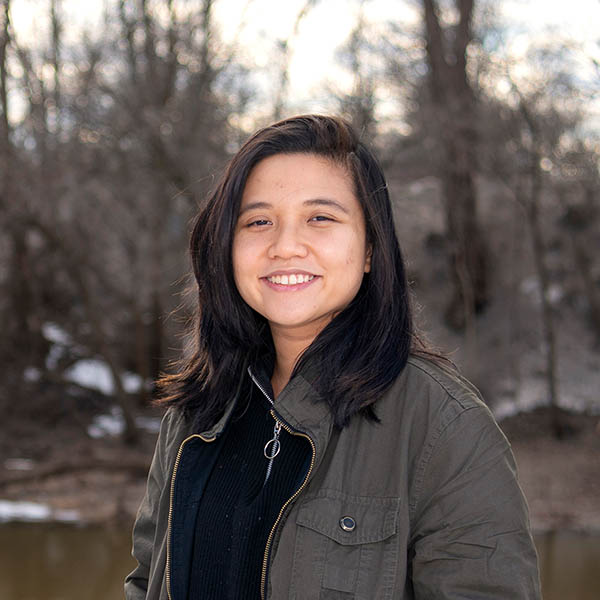
Lam Ngo
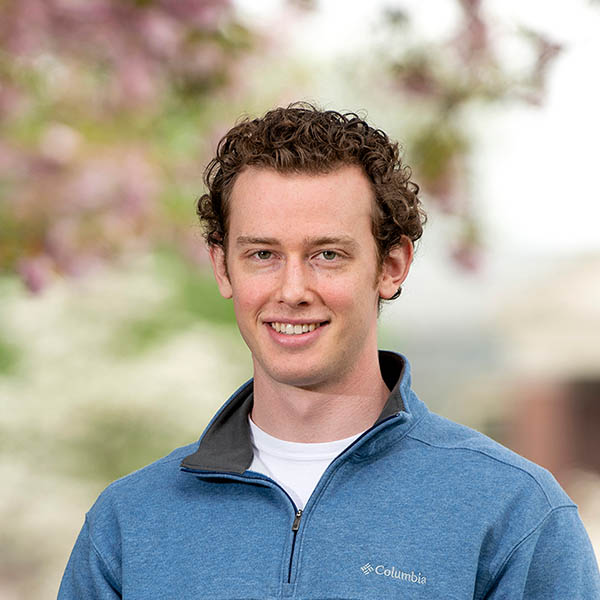
Joe Roffer
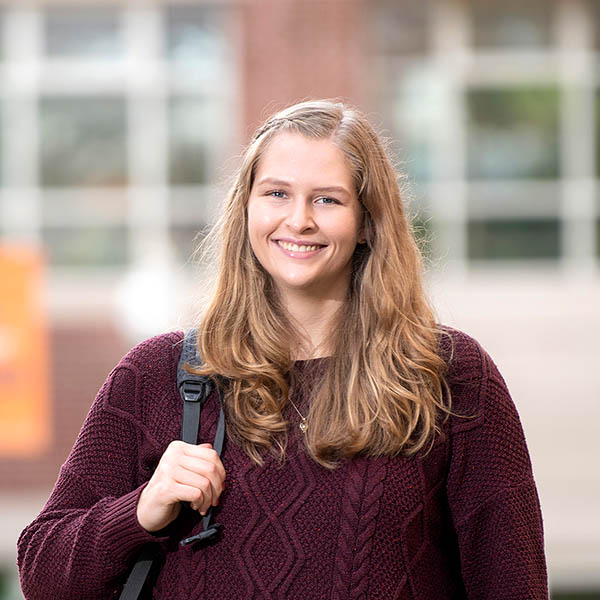
Emily Scholfield
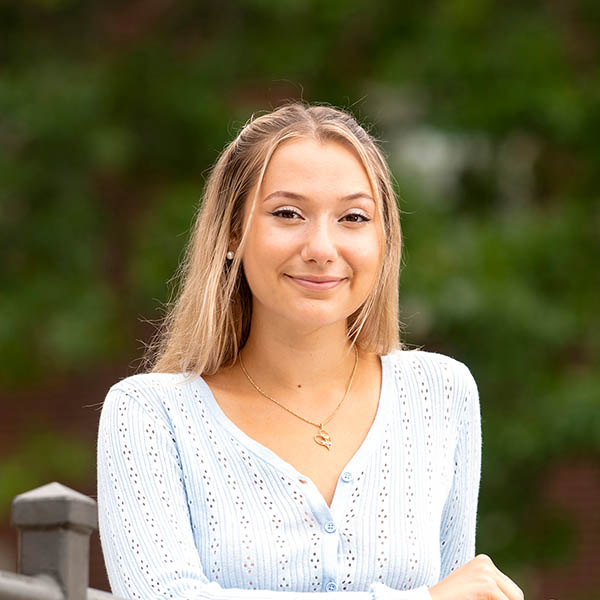
Sami Wurm
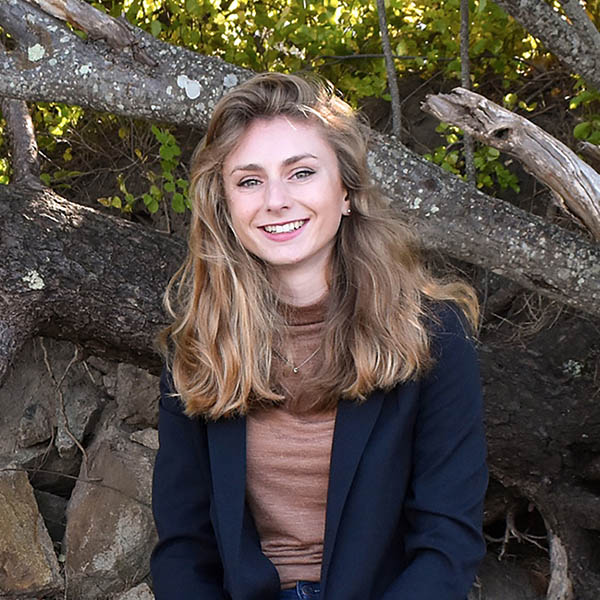
Cheyanne Stunger
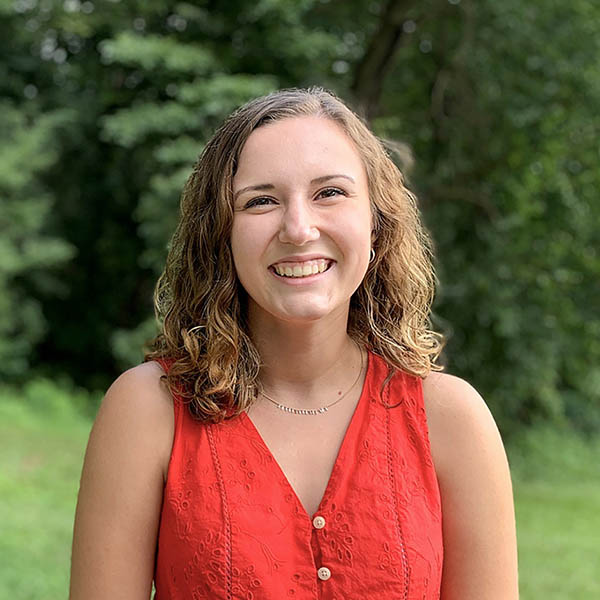
Nicole Reddig
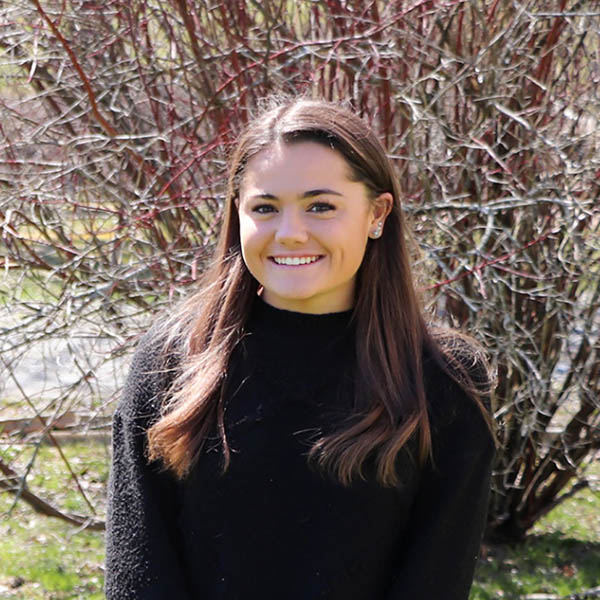
Emily Turner
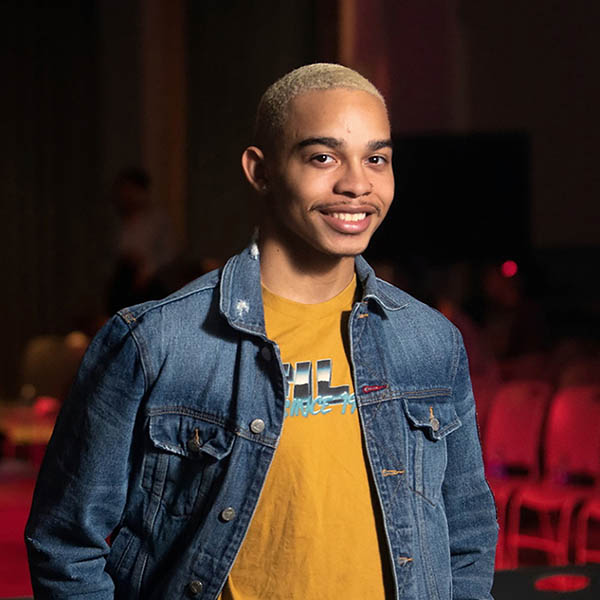
Brandon Vessels
Academic Apparel

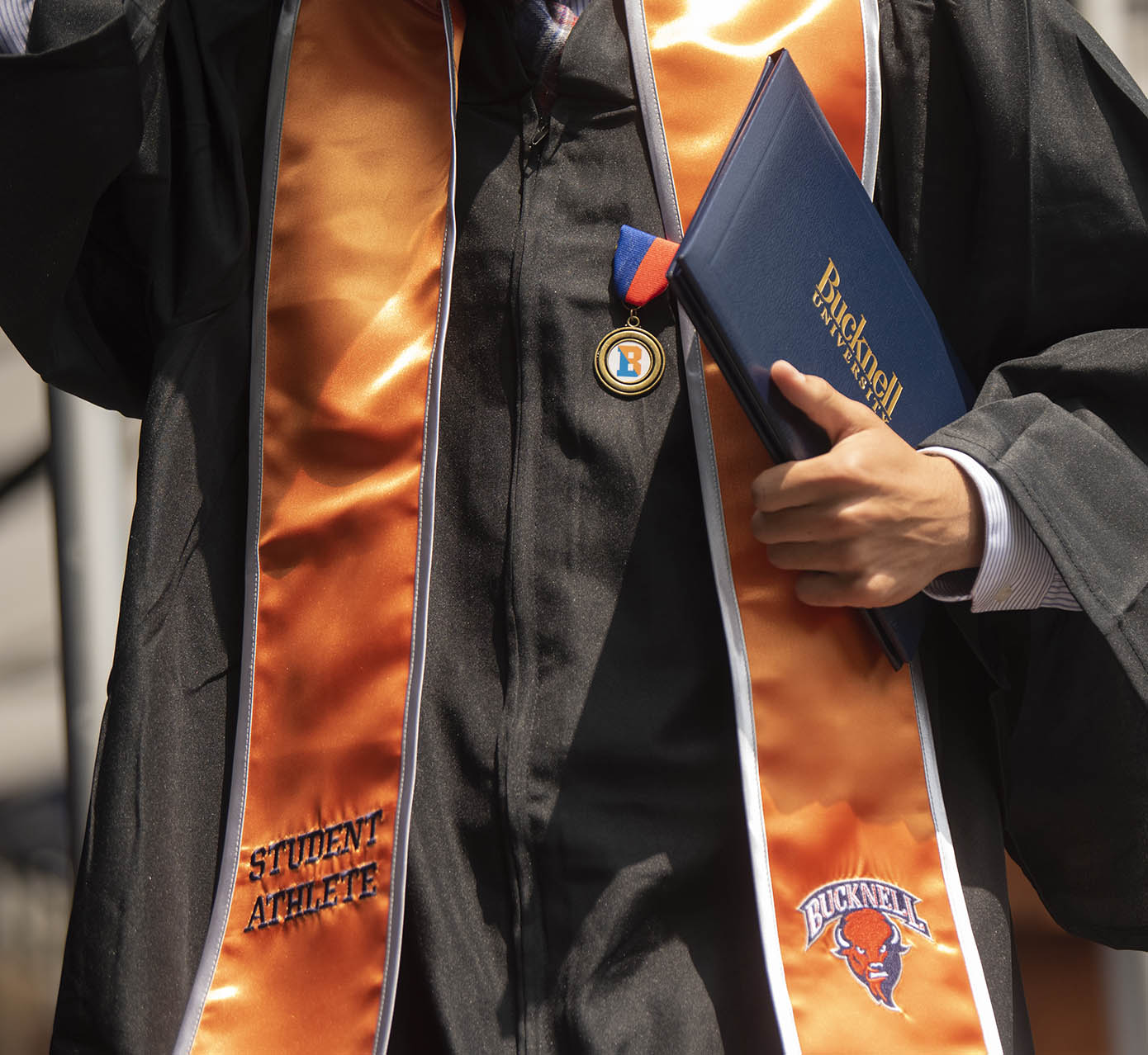
he history of academic apparel dates back to the early days of the oldest universities. Some colleges in England during the second half of the 14th century prescribed wearing long gowns to avoid ‘‘excess in apparel.’’ Gowns also may have been necessary for warmth in the unheated buildings used by medieval scholars. It is still debatable whether academic apparel originated chiefly for ecclesiastical or secular dress.
Hoods originally may have served to cover the tonsured heads of clergy and scholars until superseded by the skull cap. This was later replaced with a headdress similar to the mortarboard cap commonly in use. Some authorities believe the cap is square to represent a scholar’s books; others say it was derived from a master workman’s mortarboard; still others suggest it was patterned after the quadrangular shape of the Oxford campus.
Although European institutions still show great diversity in their academic apparel, American colleges joined together in 1895 to establish a standard code of academic dress. The code specifies three types of gowns: the gown for the bachelor’s degree has pointed sleeves; the gown for the master’s degree has an oblong sleeve with the front cut in an arc; and the gown for the doctor’s degree has bell-shaped sleeves. The doctor’s gown is trimmed in velvet with three bars on the sleeves and facing down the front. The velvet trim is in black or the color appropriate for the field of learning.
The tassel is the distinguishing feature of the mortarboard. It is black or a color appropriate to the subject, except for the holders of doctoral degrees or governing officers, who may have gold tassels.
The hood is the most distinctive feature of academic dress. In early years, it was used as a cowl, a shoulder cape, and as a container in which to collect alms. The hoods are lined with the official colors of the college or university conferring the degree, while the color of the border indicates the field of learning in which the degree is earned. The bachelor’s hood is 3 feet long with a 2-inch velvet border; the master’s is 3.5 feet long with a 3-inch border; and the doctor’s is 4 feet long with a 5-inch border.
Individuals in an academic procession normally wear the gown appropriate to the highest degree they hold. Exceptions are made for members of the Board of Trustees, who may wear doctoral gowns but whose hoods must be appropriate to the degrees they actually hold, and for official representatives of institutions.
HOOD BORDER COLORS
INDICATING FIELDS OF LEARNING
- AgricultureMaize
- Arts, Letters, HumanitiesWhite
- Commerce, Accountancy, BusinessDrab
- DentistryLilac
- EconomicsCopper
- EducationLight Blue
- Engineering Orange
- Fine Arts, including ArchitectureBrown
- ForestryRusset
- Home EconomicsMaroon
- JournalismCrimson
- LawPurple
- Library ScienceLemon
- ManagementSapphire Blue
- MedicineGreen
- MusicPink
- NursingApricot
- Oratory (Speech)Silver Gray
- PharmacyOlive Green
- PhilosophyDark Blue
- Physical EducationSage Green
- Public Administration,
including Foreign ServicePeacock Blue
- Public HealthSalmon Pink
- ScienceGolden Yellow
- Social WorkCitron
- TheologyScarlet
- Veterinary ScienceGray
THE PRESIDENTIAL CEREMONIAL CHAIN
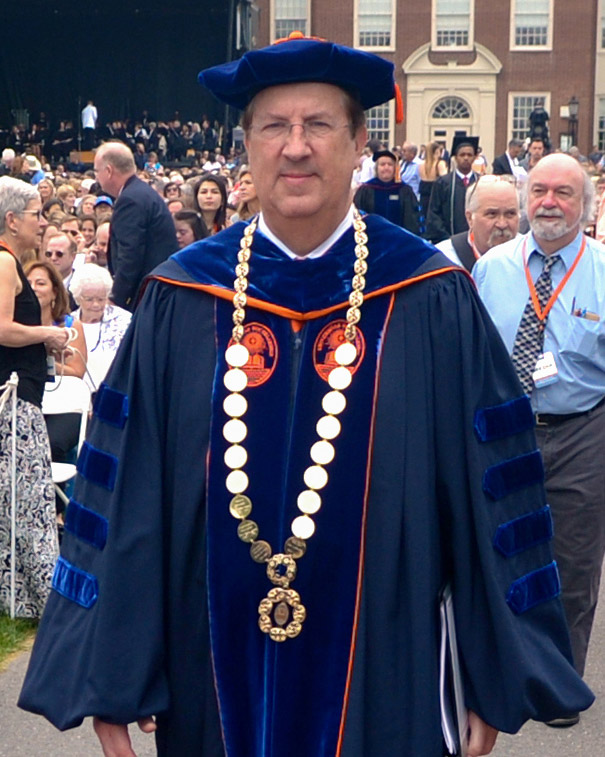
t a meeting of the Board of Trustees on Jan. 19, 1849, three years after the founding of the institution in 1846, the trustees approved a resolution calling for a committee of three members ‘‘to report the form and devise of a seal for the University at Lewisburg.’’ On April 17, 1849, the new seal was approved.
A copy of the University seal forms the centerpiece of the ceremonial chain worn by the presidents of the University. The seal shows the sun, an open book and waves, symbolizing the light of knowledge and education surmounting the storms of life. Eighteen small gold medallions represent the tenure of 17 presidents and one acting president, Stephen W. Taylor, the first educational leader of the institution.
These medallions form a chain that symbolizes the continuity of the traditions of the University for the past 172 years. The medallion of the 17th president, John C. Bravman, is linked to the seal. The years of service for each president and a capsule comment about that individual’s major contribution to the University are indicated on the reverse side of the medallion. The filigree that completes the chain takes the form of ivy that suggests growth and renewal in the succession of institutional leaders.
The ceremonial chain was first presented in 1965 to Charles H. Watts II at his inauguration as the 11th president of Bucknell University.
THE UNIVERSITY MACE
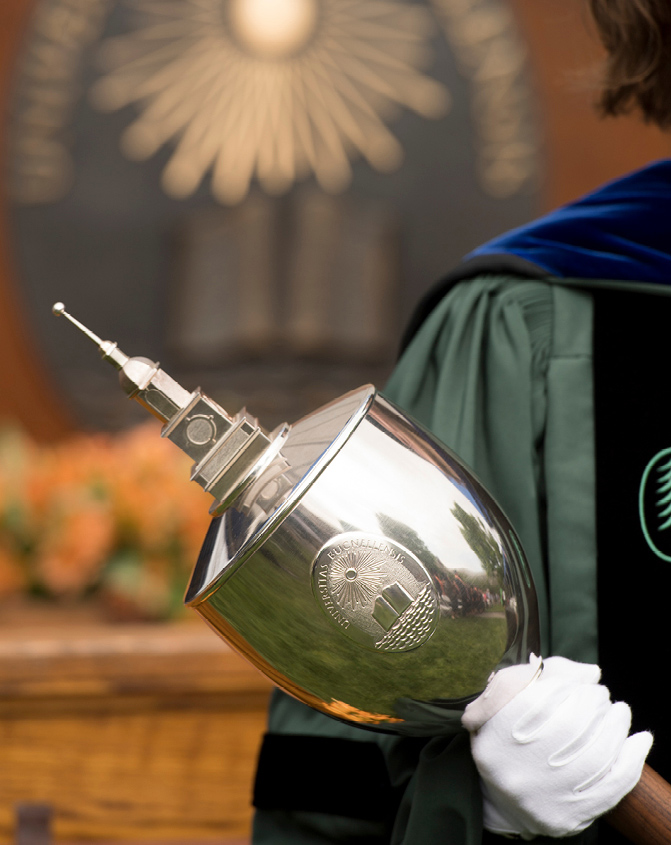
n May 31, 1997, the Bucknell University Alumni Association formally presented the University Mace to William D. Adams, 14th president of Bucknell University, during Reunion Weekend. Designed and produced by Leonard Urso, a silversmith and sculptor from Rochester, N.Y., the mace is simple yet elegant in design, contrasting the dark, wave-like grain of the 4-foot-long rosewood handle with a pure silver decorative top. Urso hand-carved the University seal and a replica of the Bertrand Library tower, which graces the top of the mace.
Maces originally represented the power of a bishop in battle and served as protection for the clergy, who were forbidden to draw blood. Later they became symbolic of power and authority in civic ceremonies. In the 16th century, Oxford University began using a decorated mace in its ceremonial processions to signify academic independence and excellence. Since that time, the mace has been a sign of educational tradition and distinction.
THE CHRISTY MATHEWSON GATES PROCESSION
n August 2018, the Class of 2022 processed through the Christy Mathewson Gates following the Matriculation Ceremony. The ceremony and the procession mark the moment when students begin their journey of self-discovery as members of the Bucknell community. Today, as students prepare to graduate from Bucknell, they will once again process through the Christy Mathewson Gates to signify their transition from students to alumni. The senior class president will lead the procession, carrying the Class Banner that was designed by the class. The banner depicts the class crest with the chosen class colors metallic gold and navy. The class motto is, “Ambitious individuals with curious minds and passionate hearts fostering creative solutions.”
